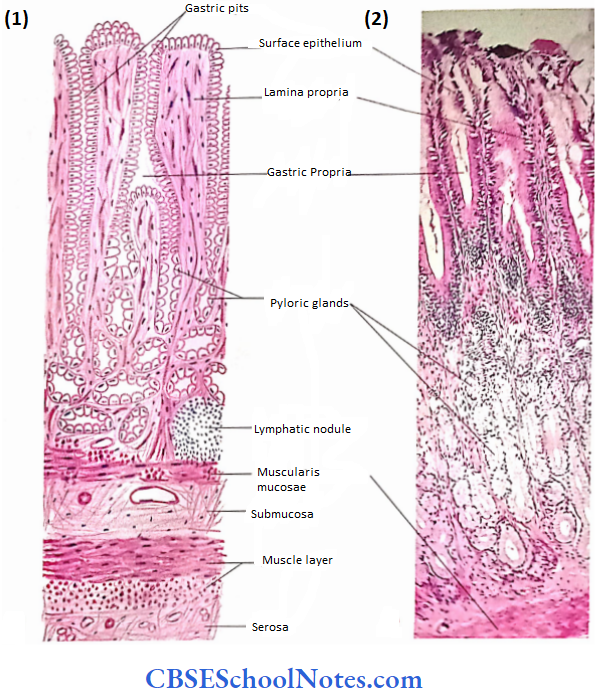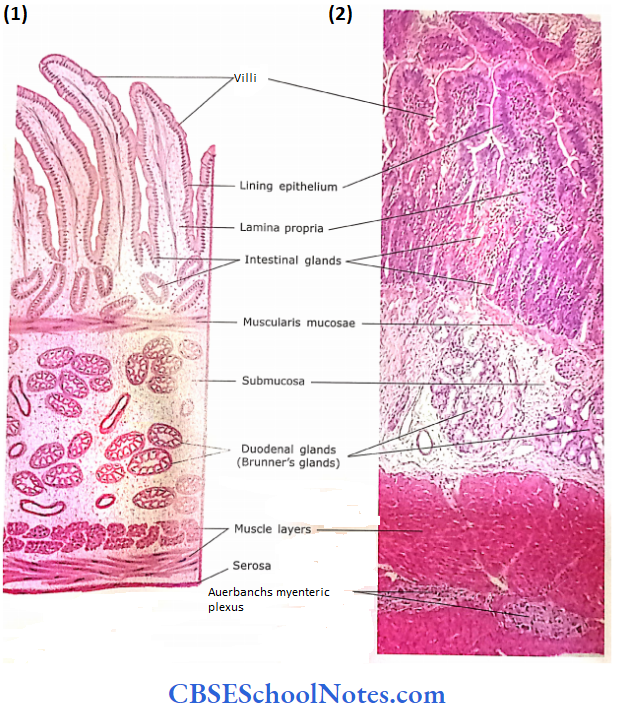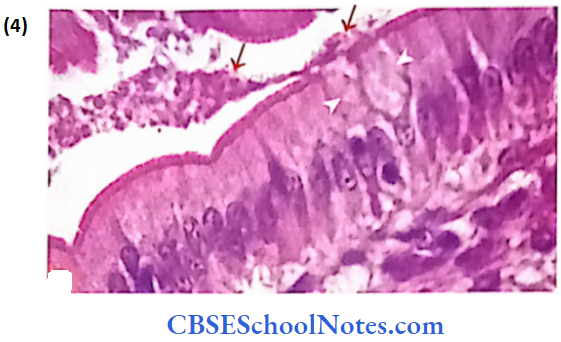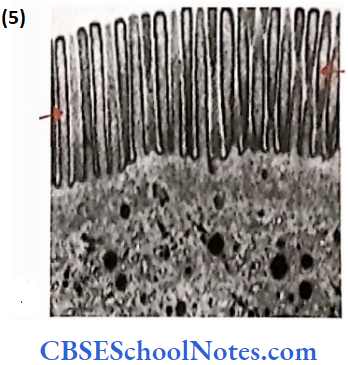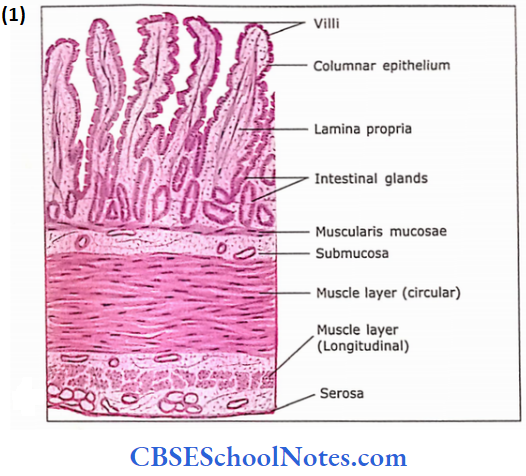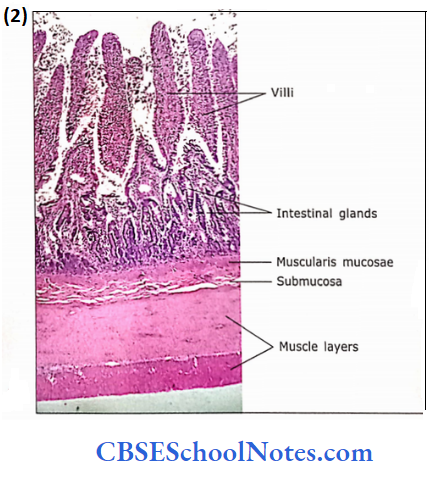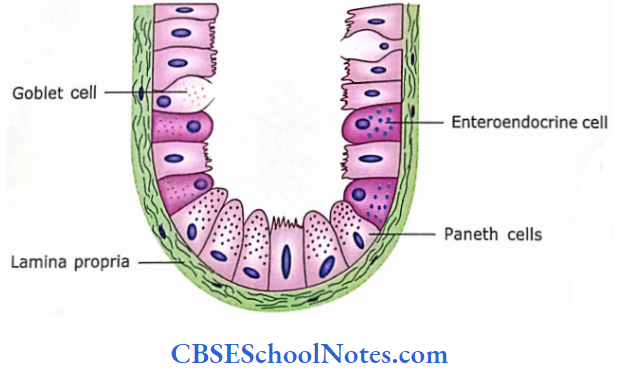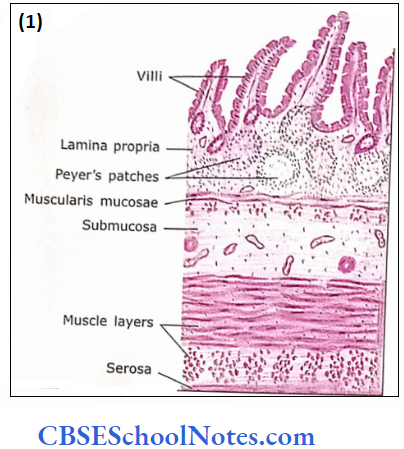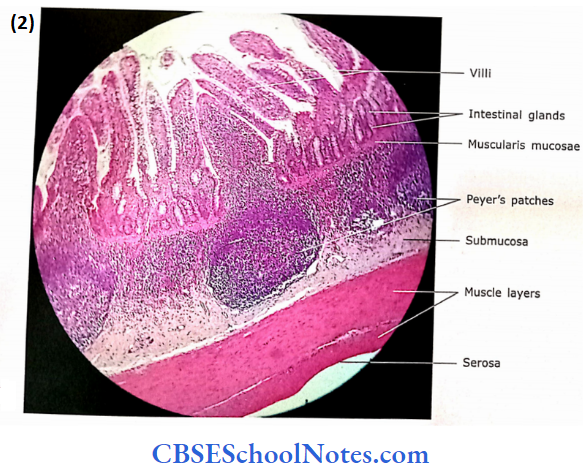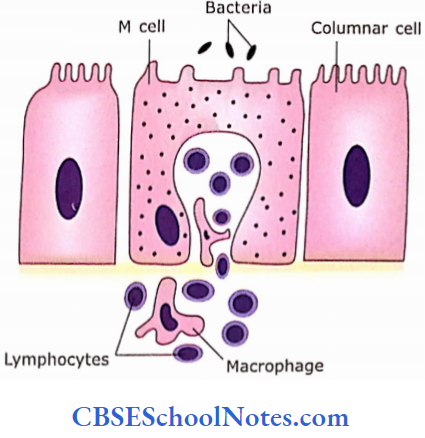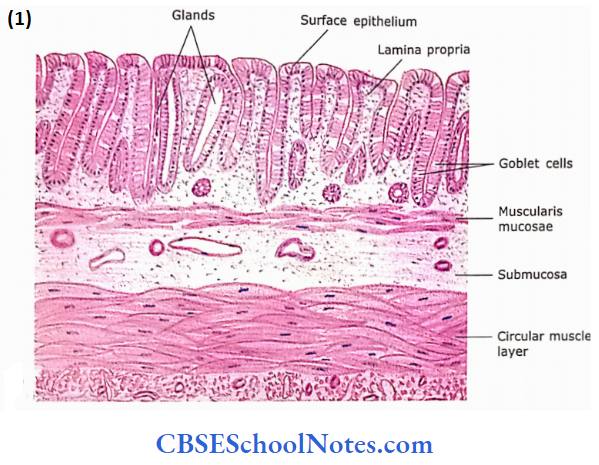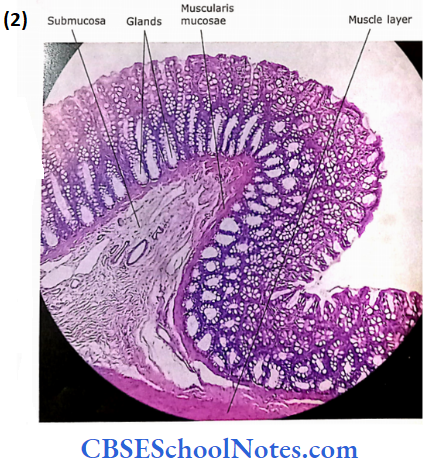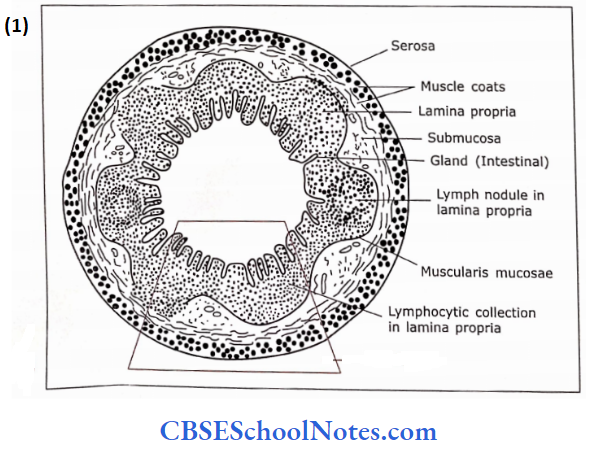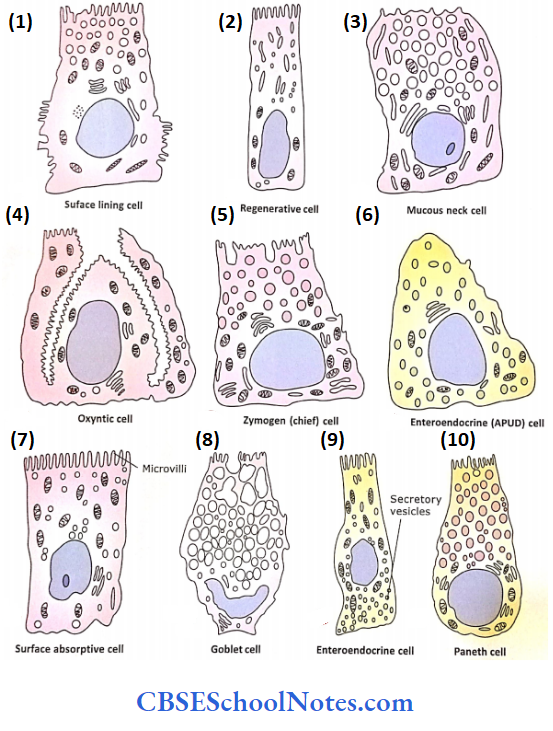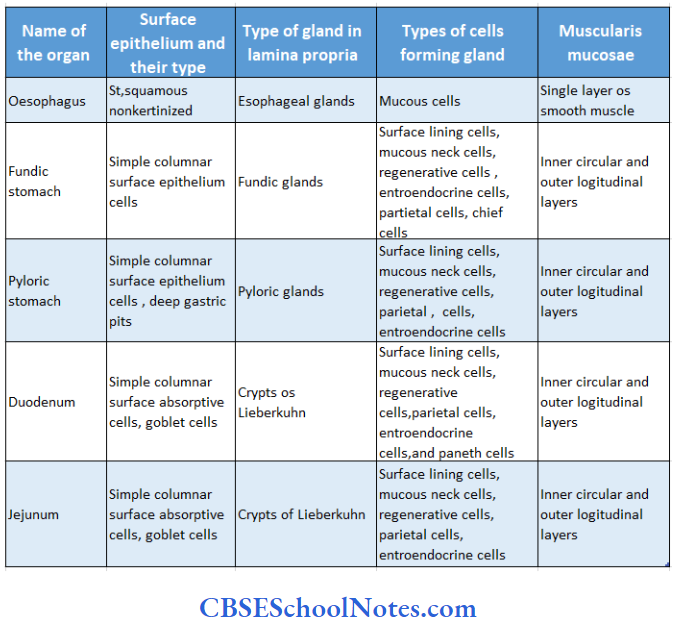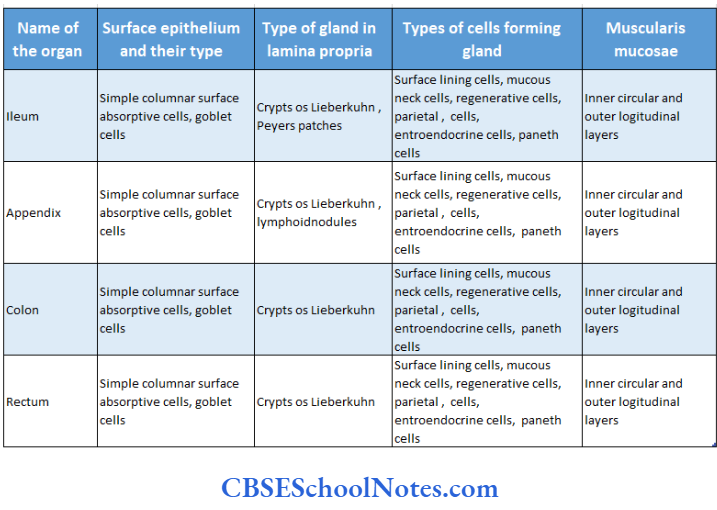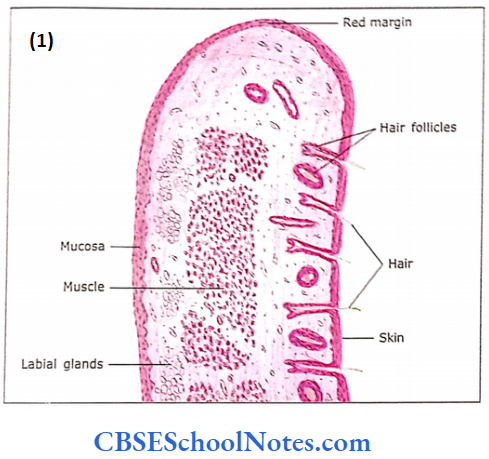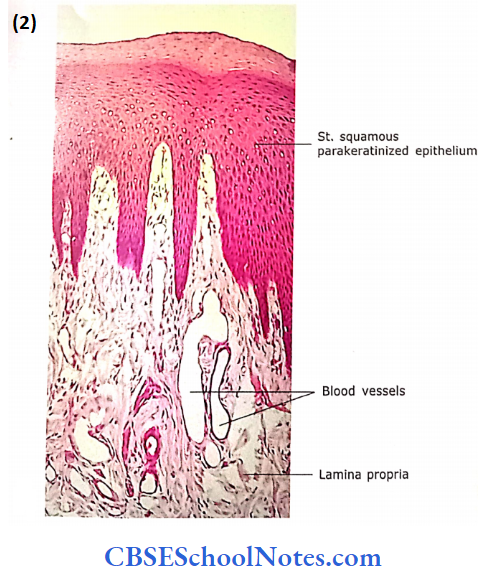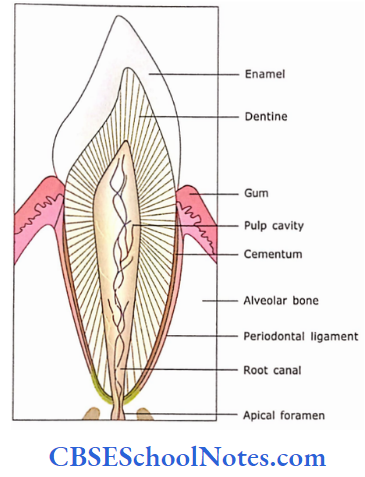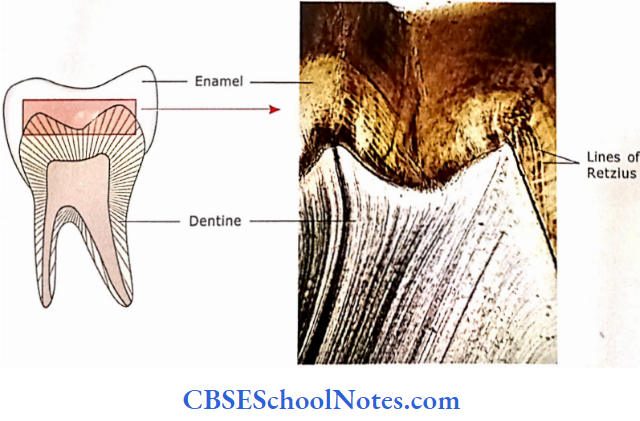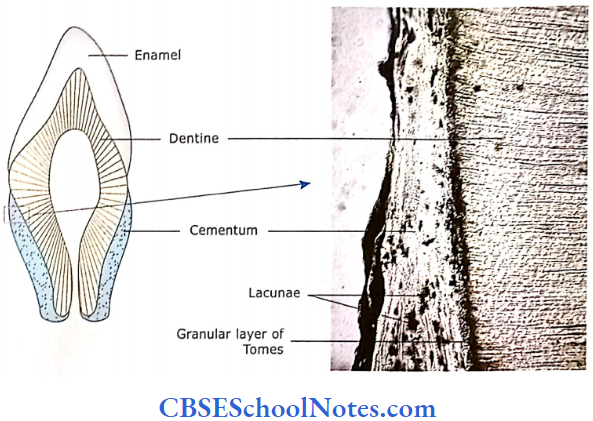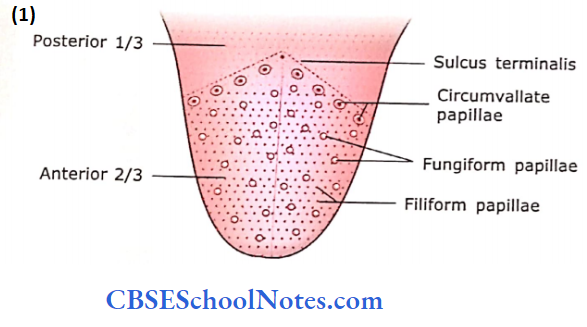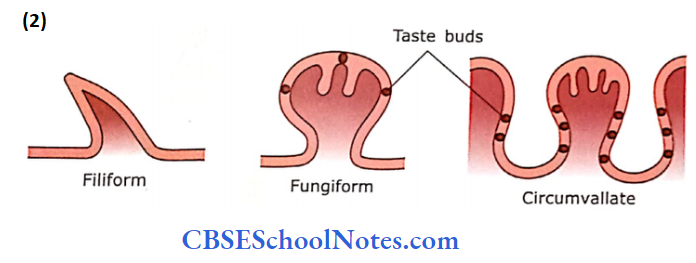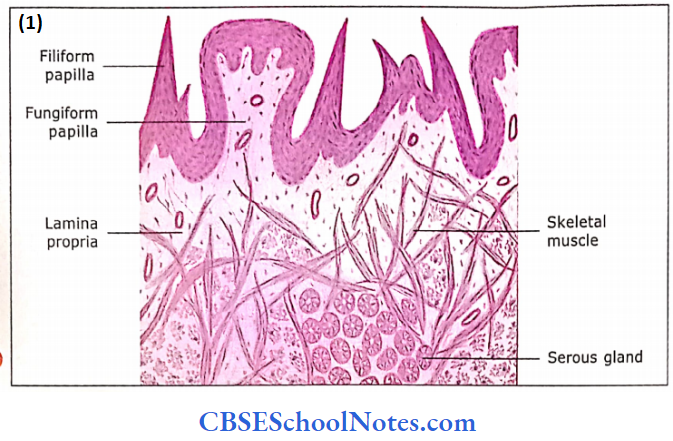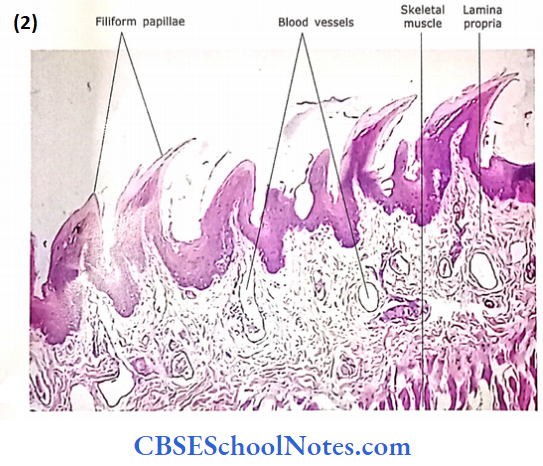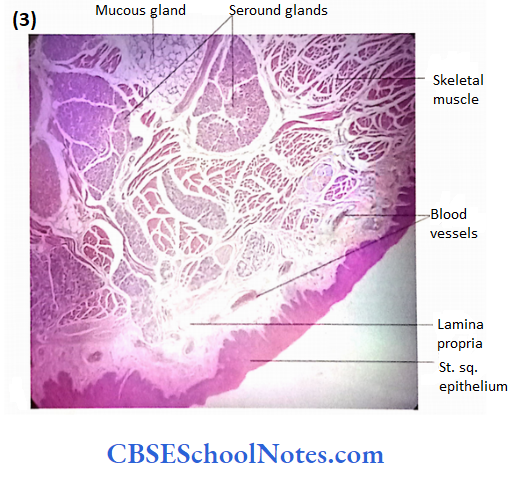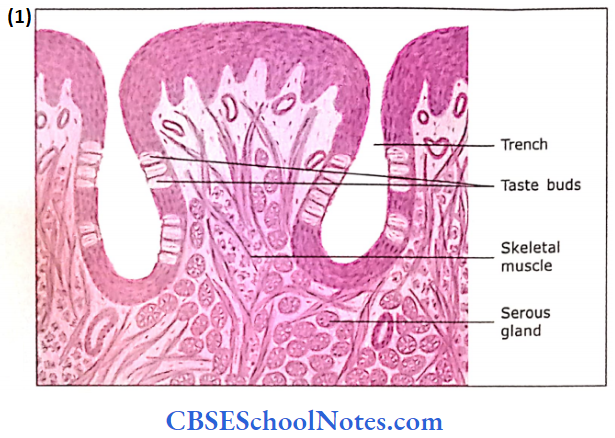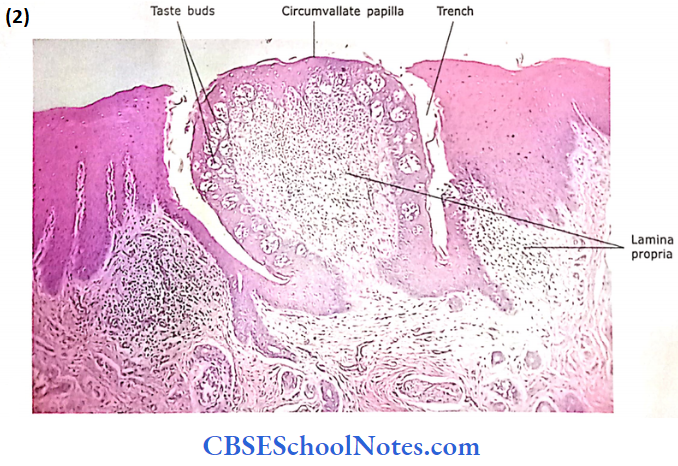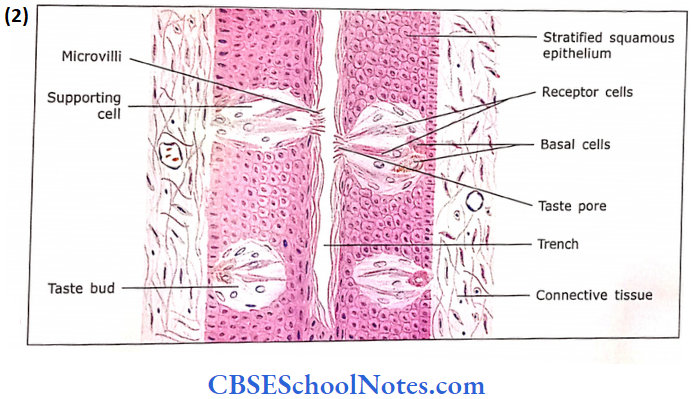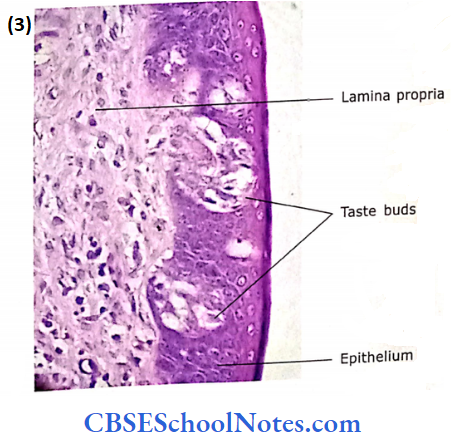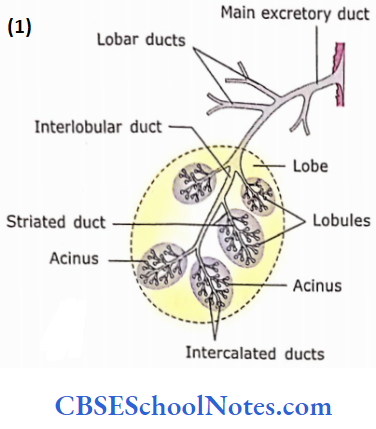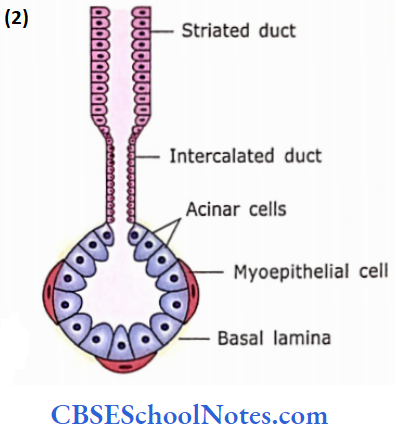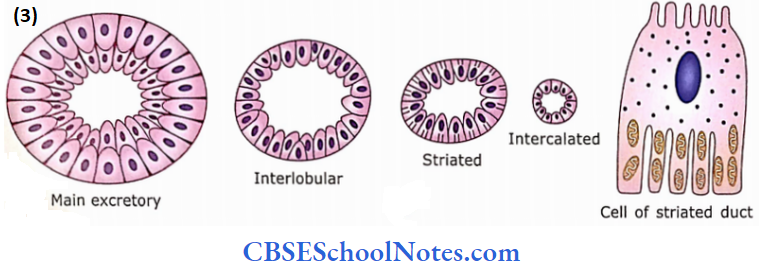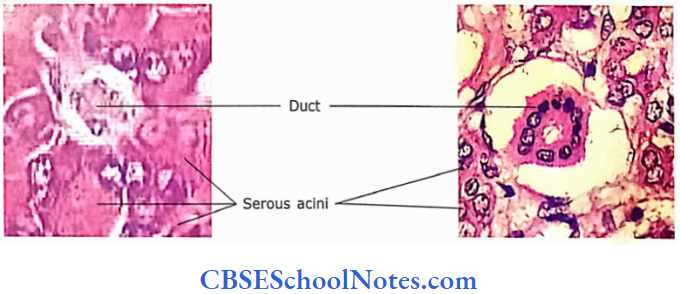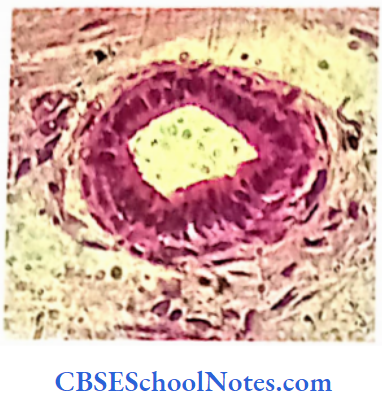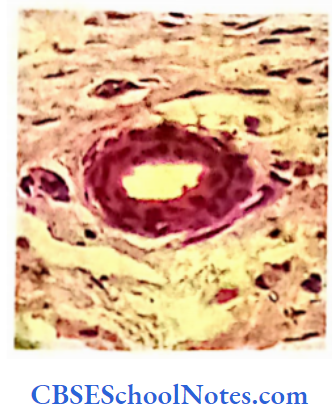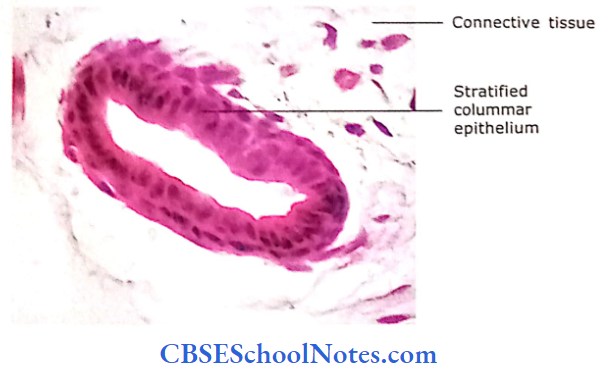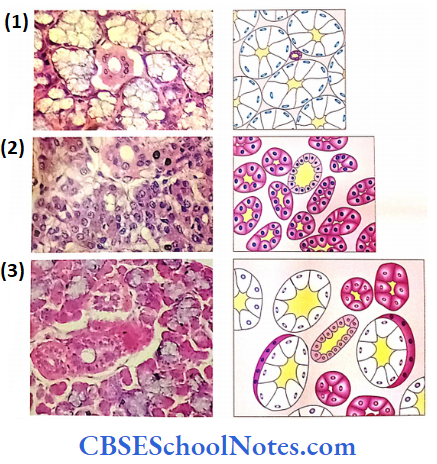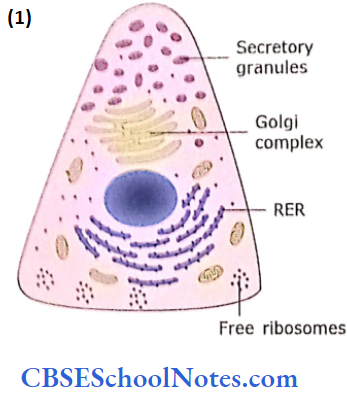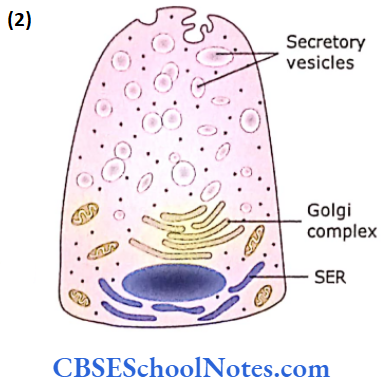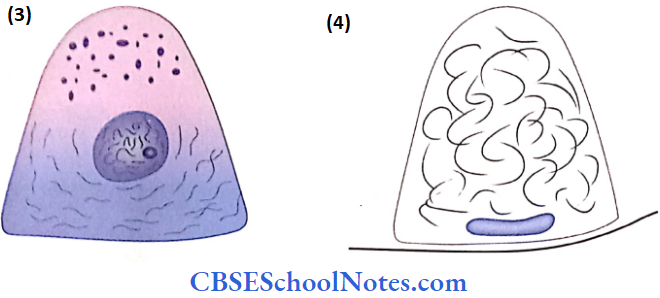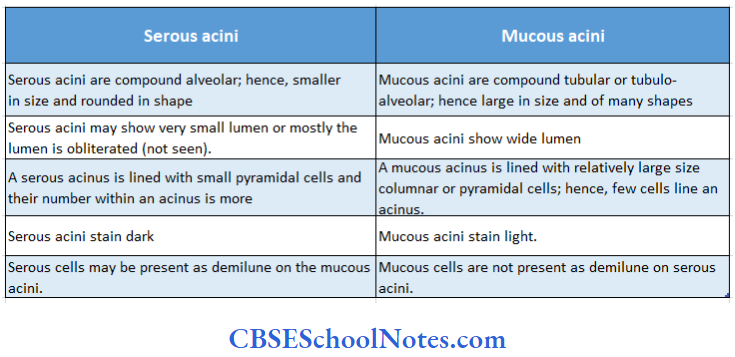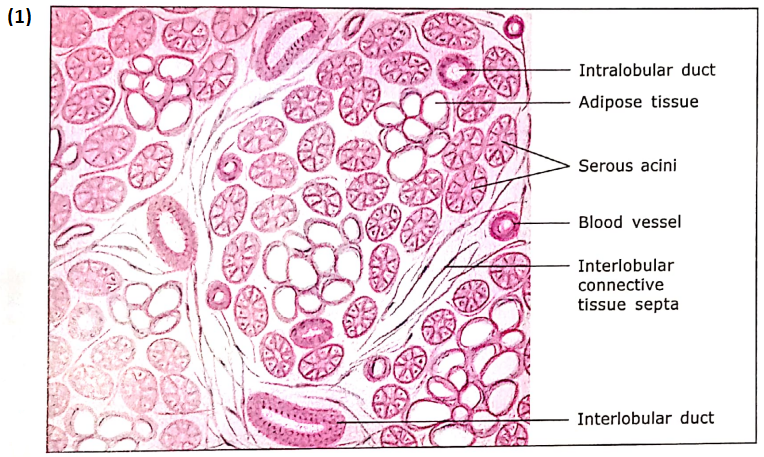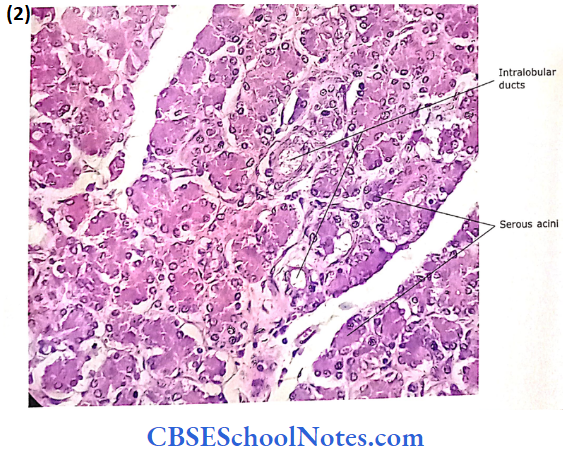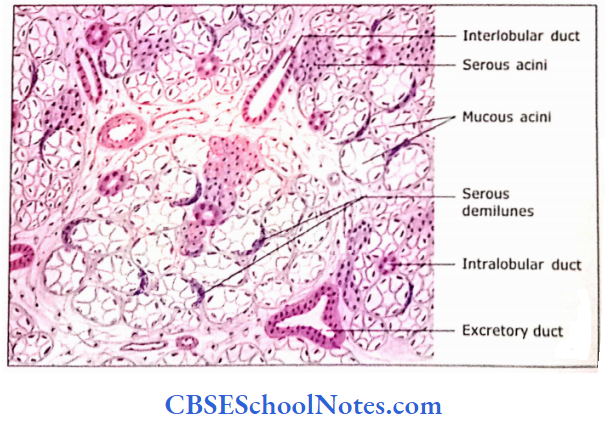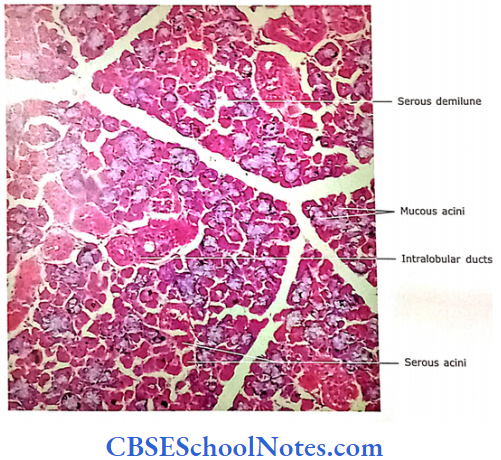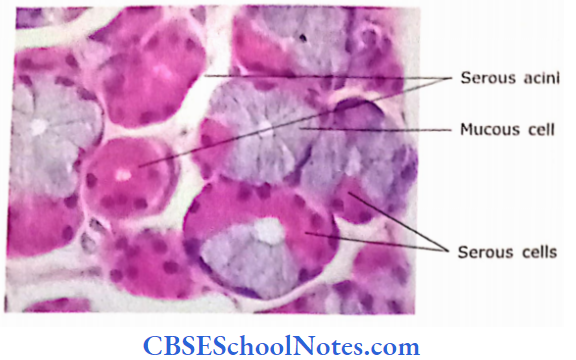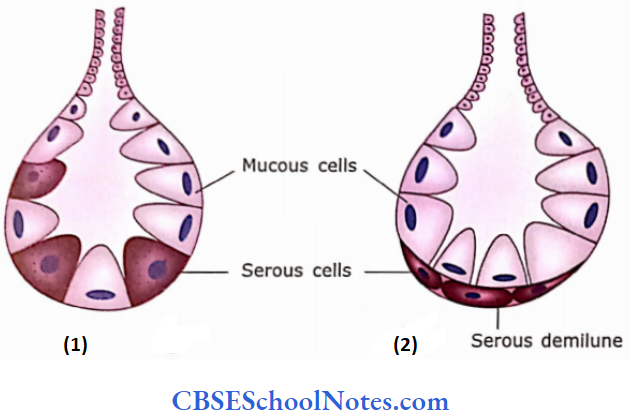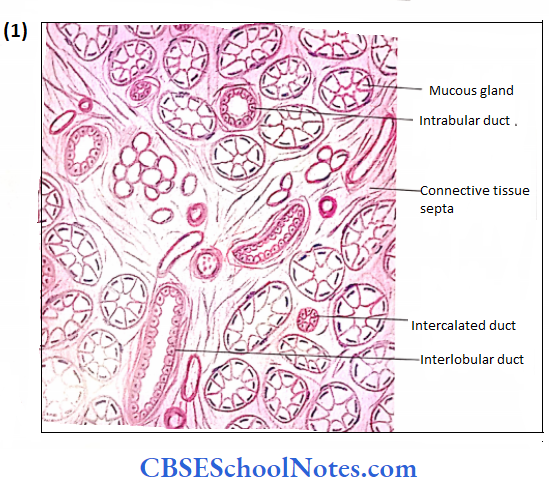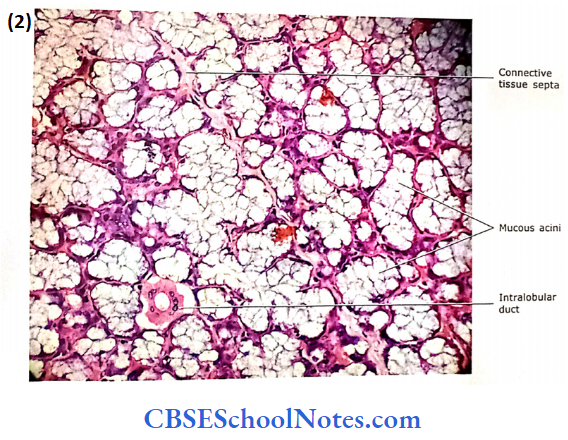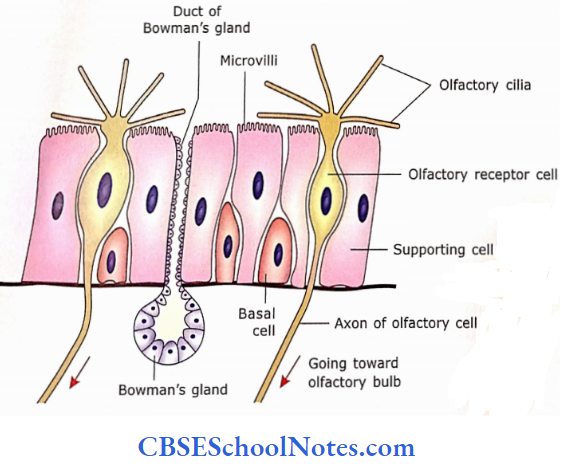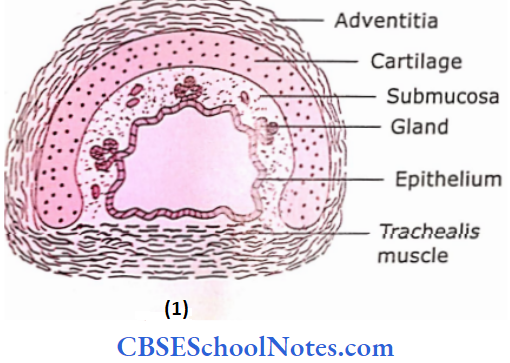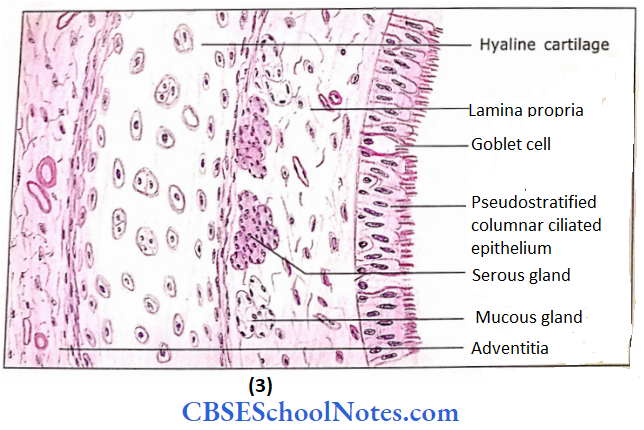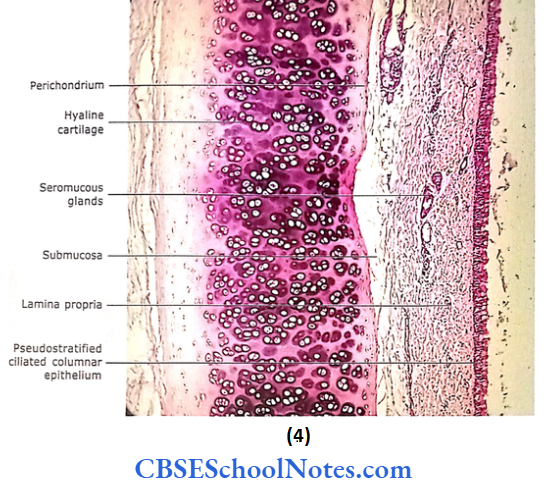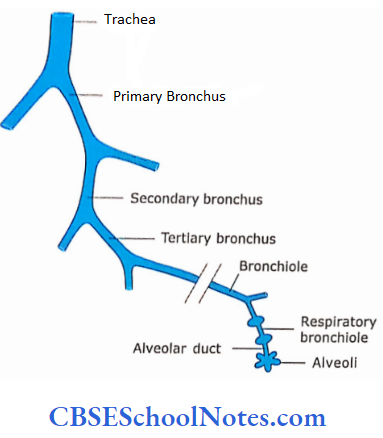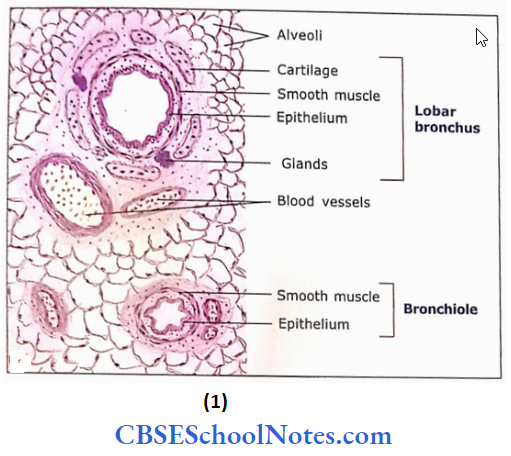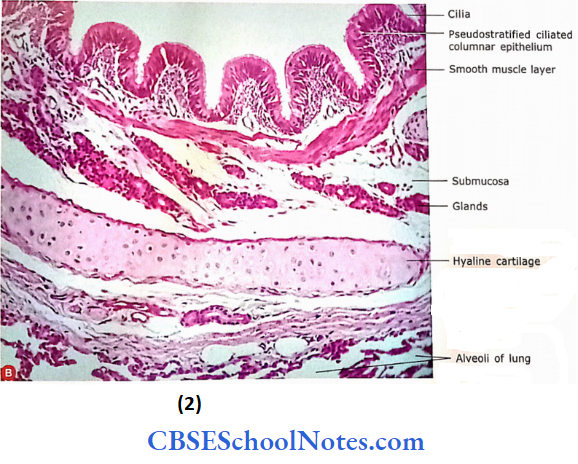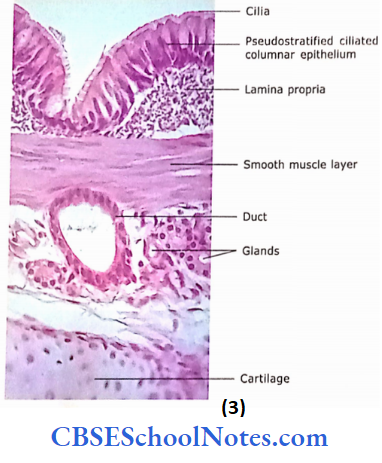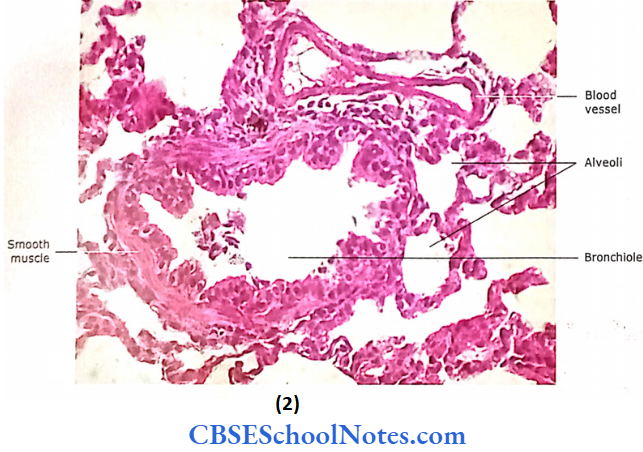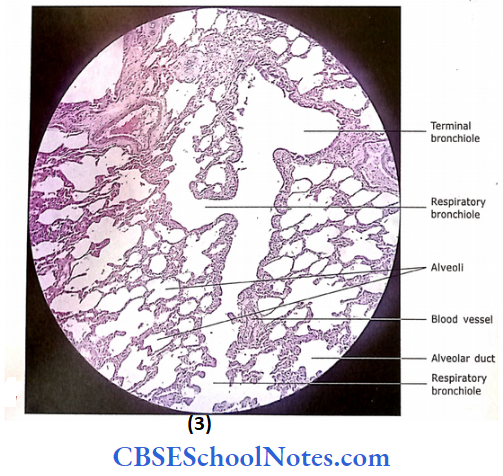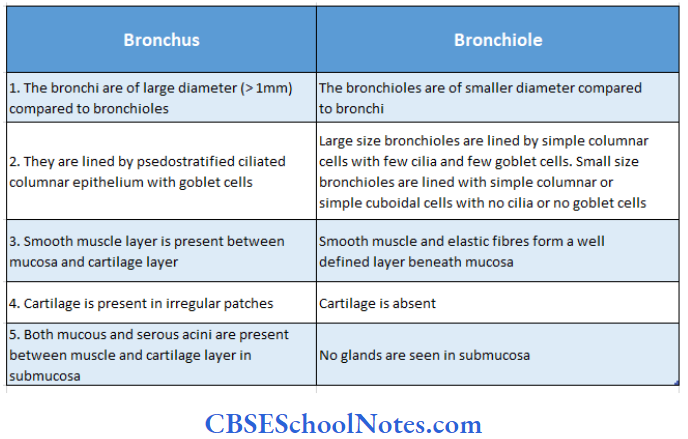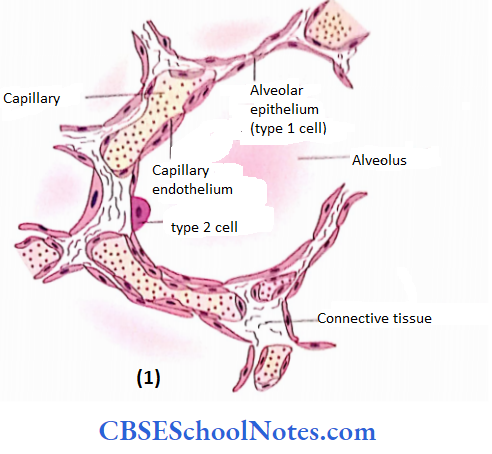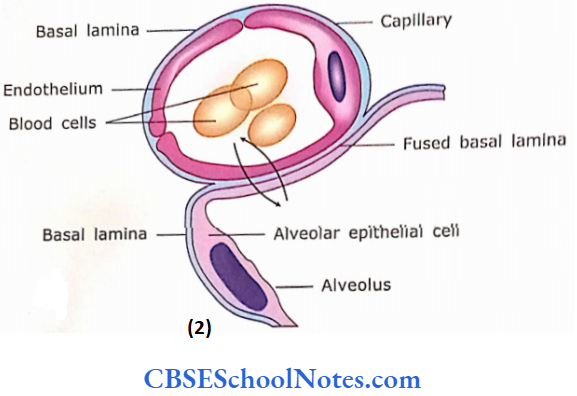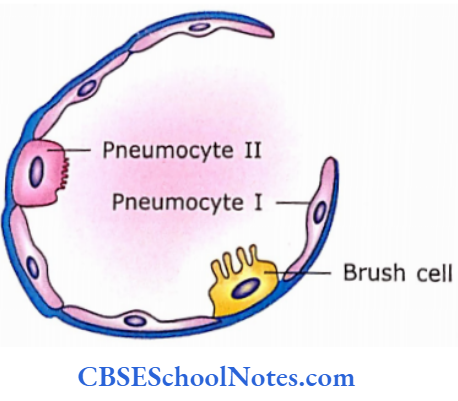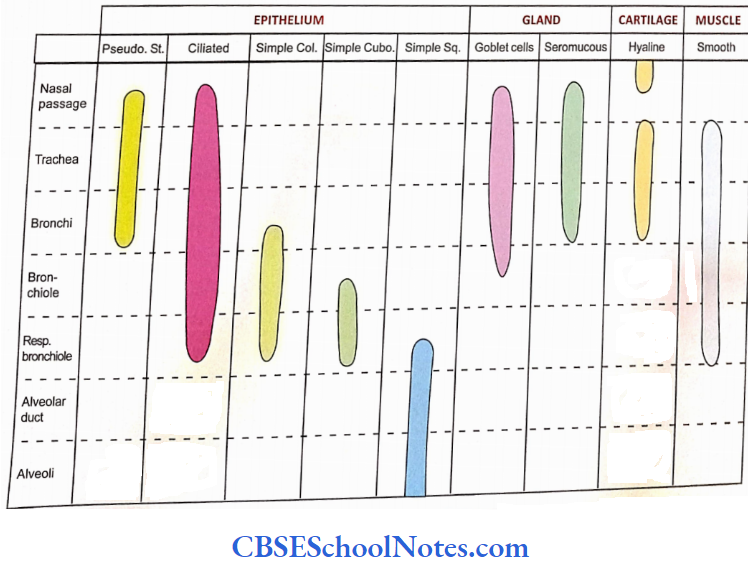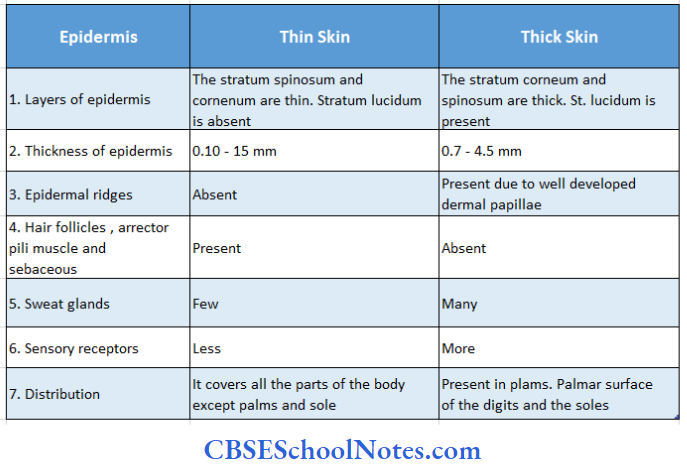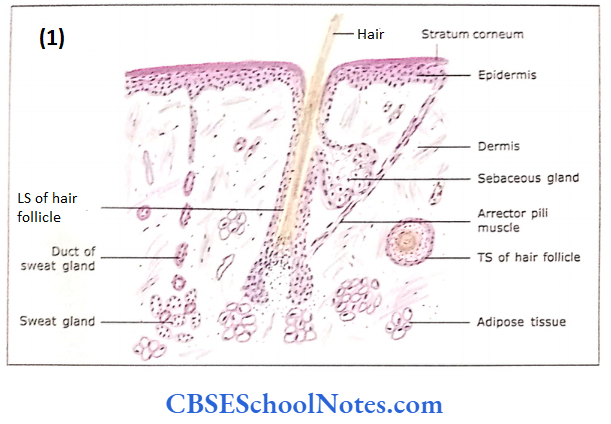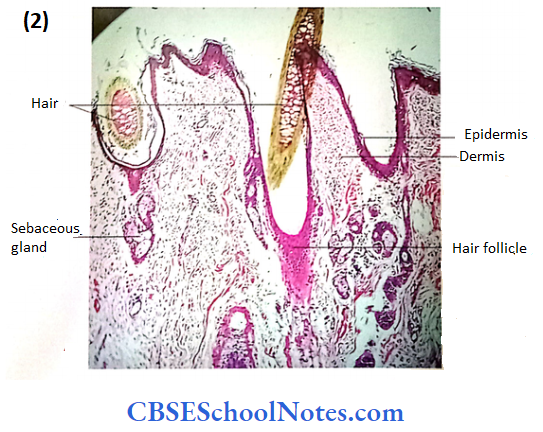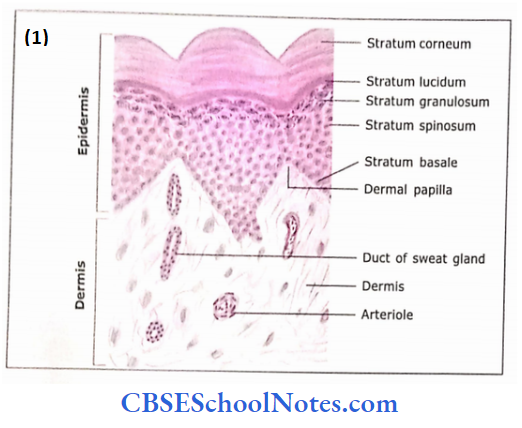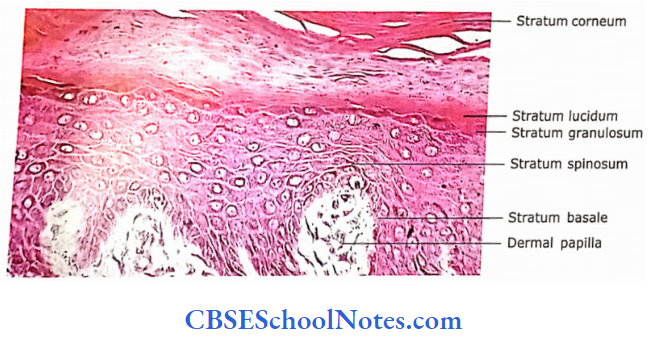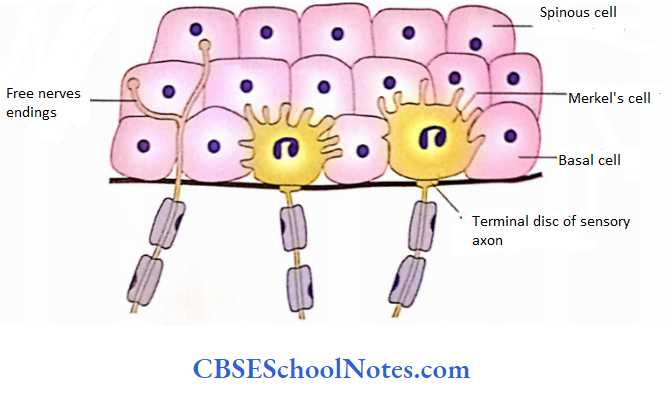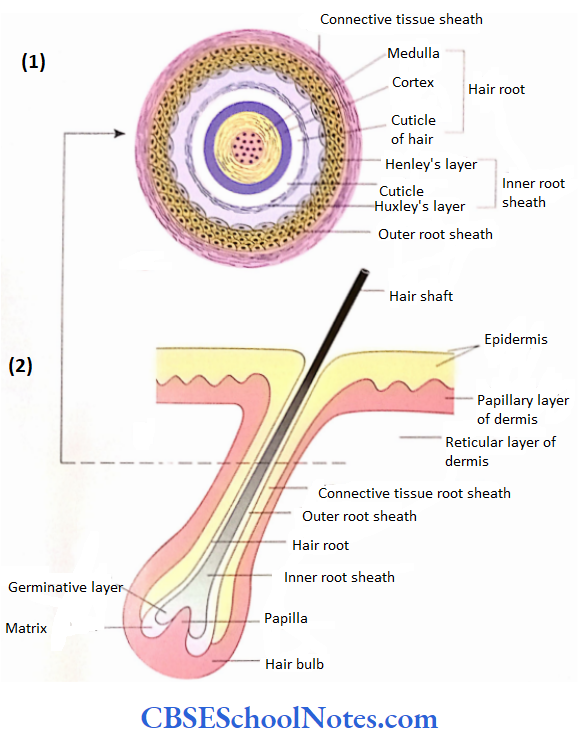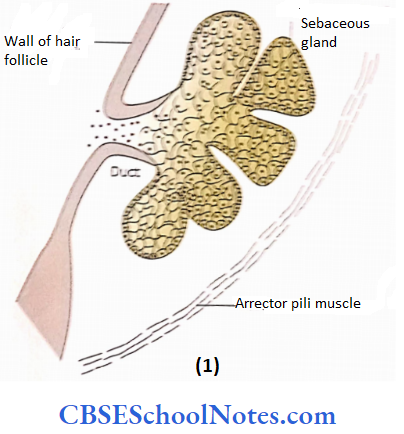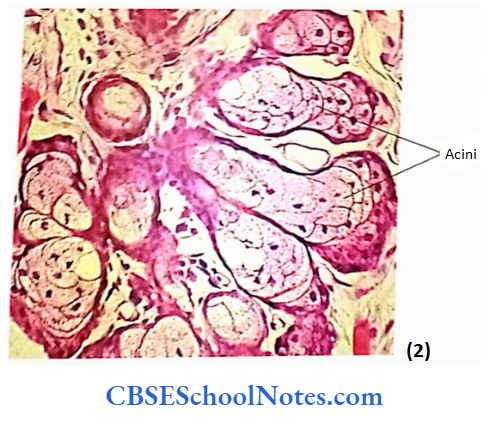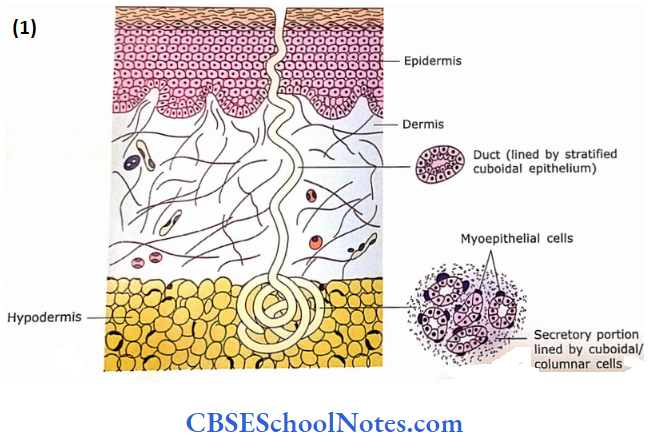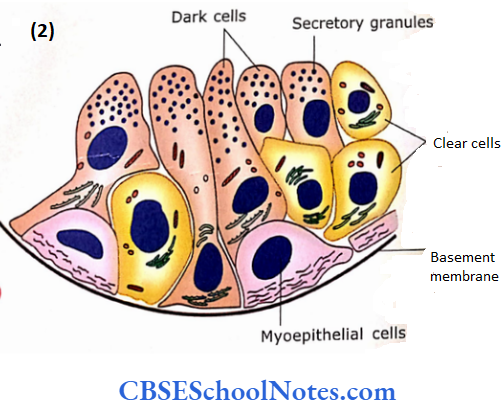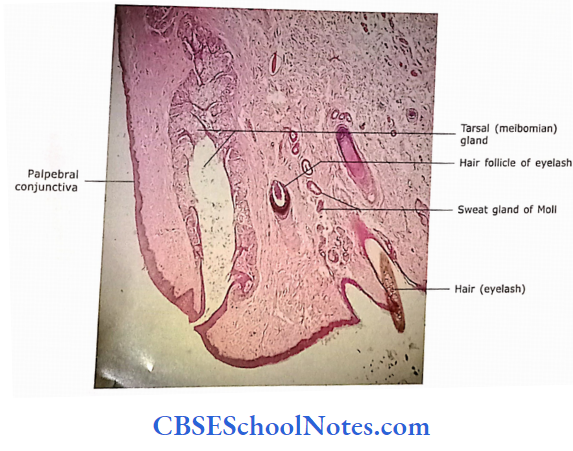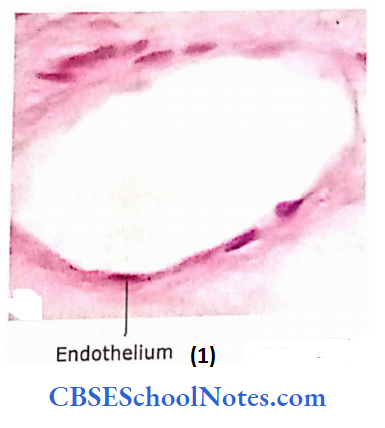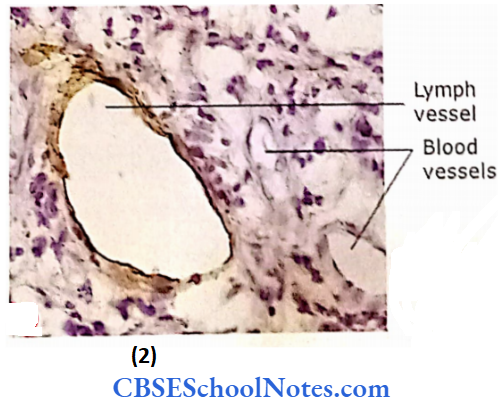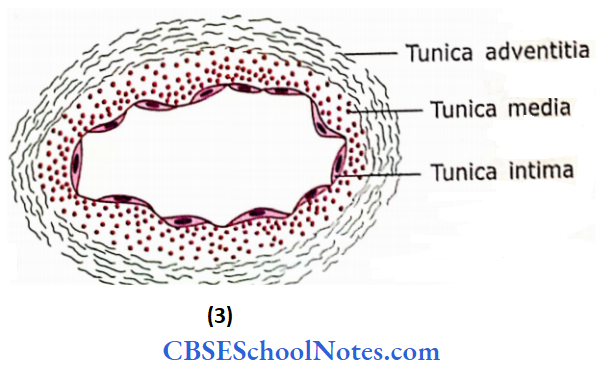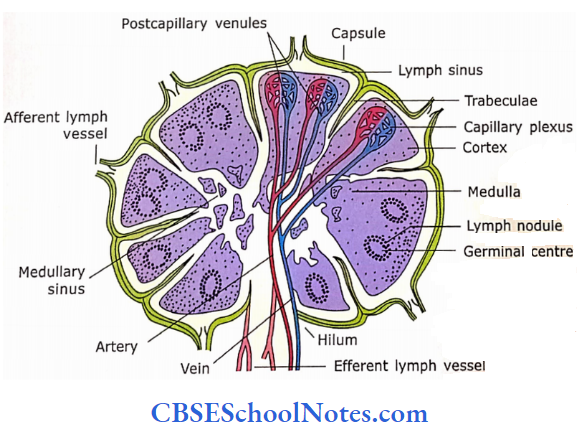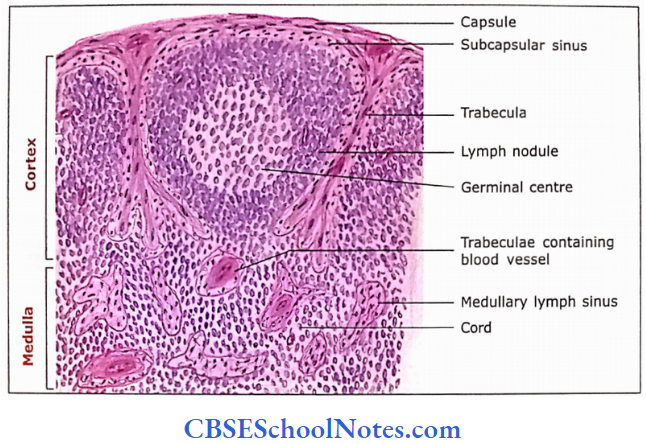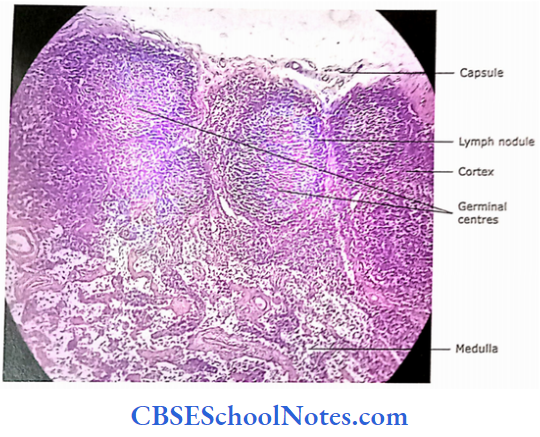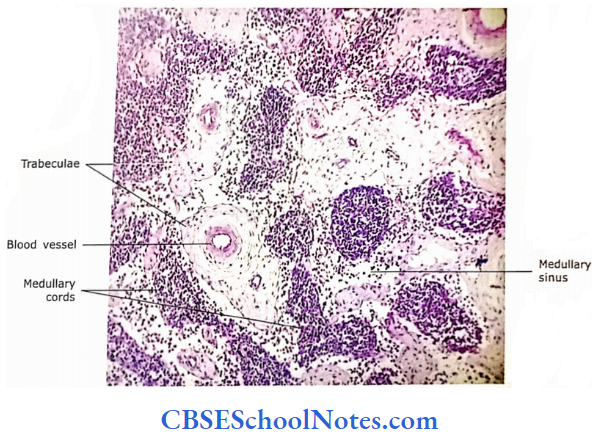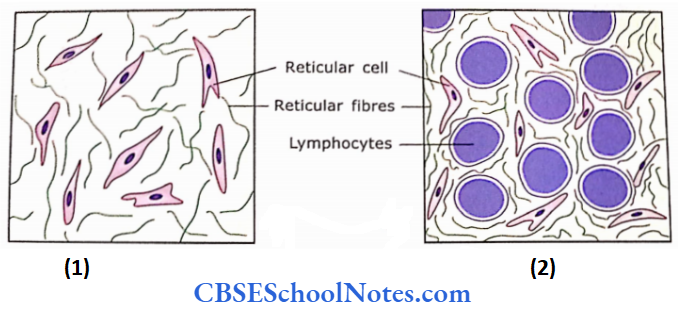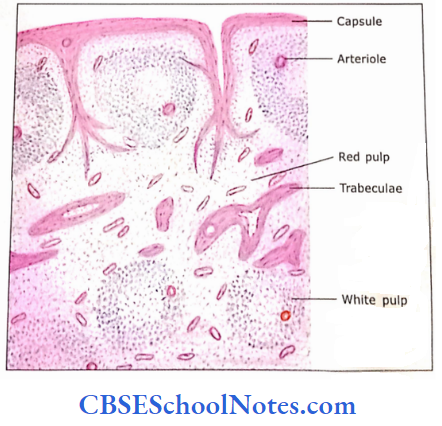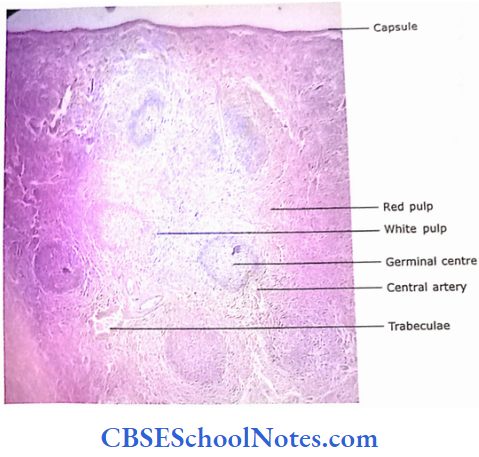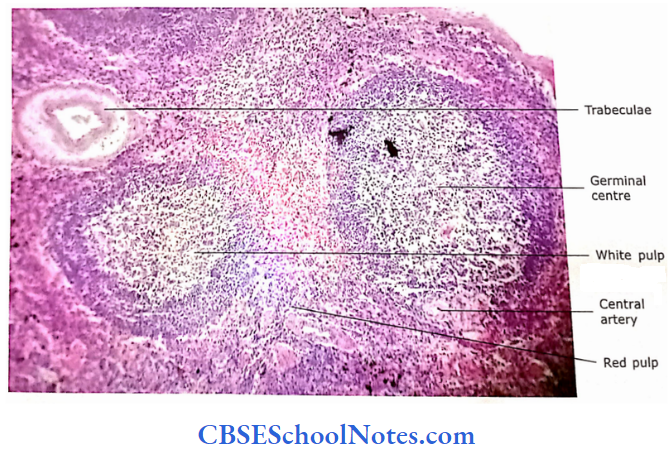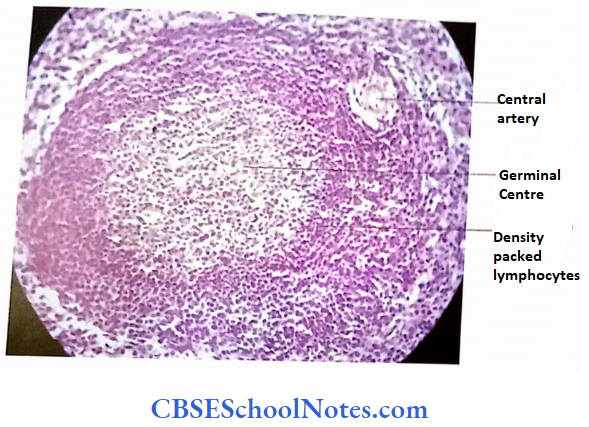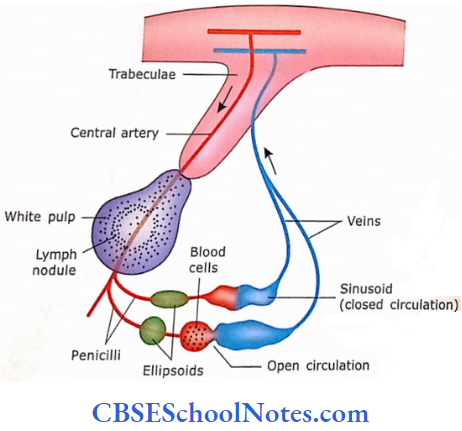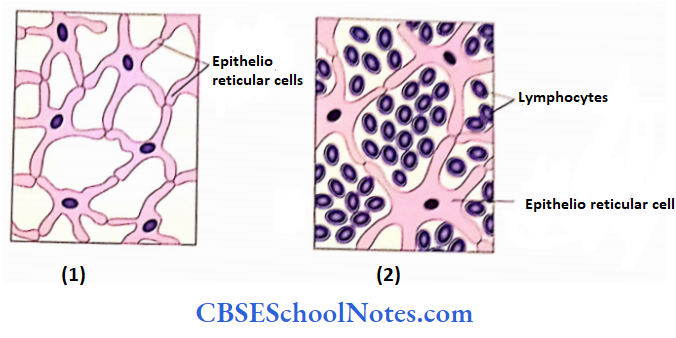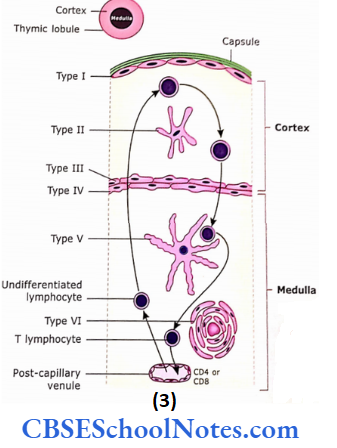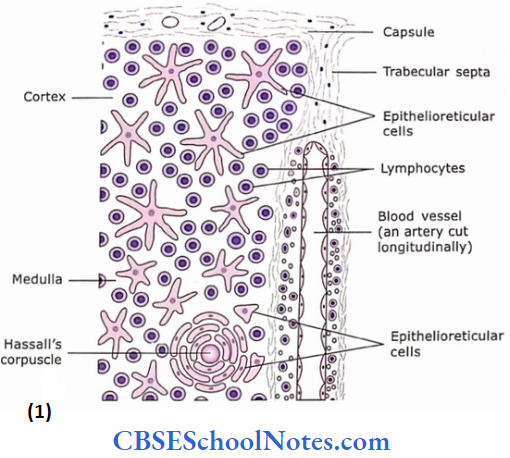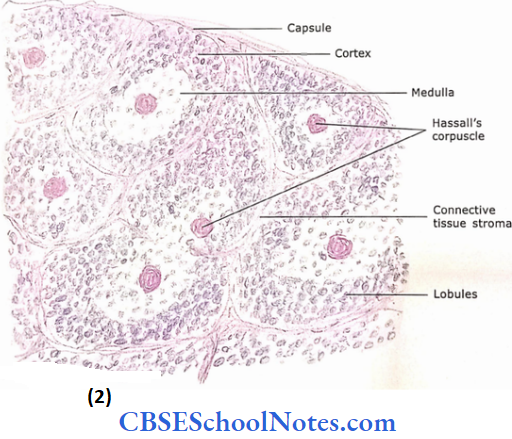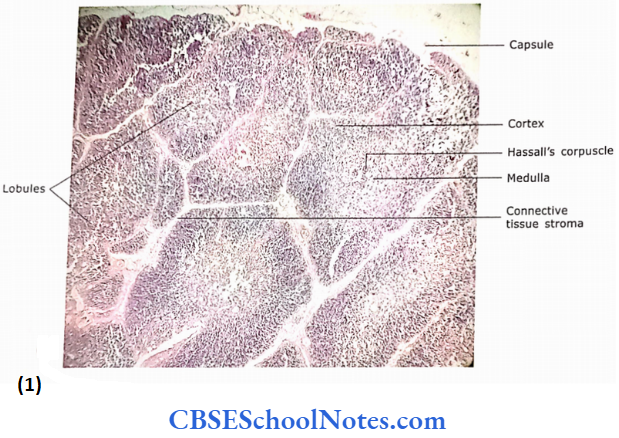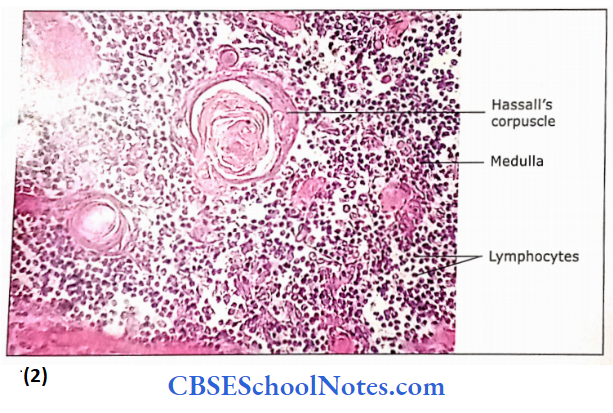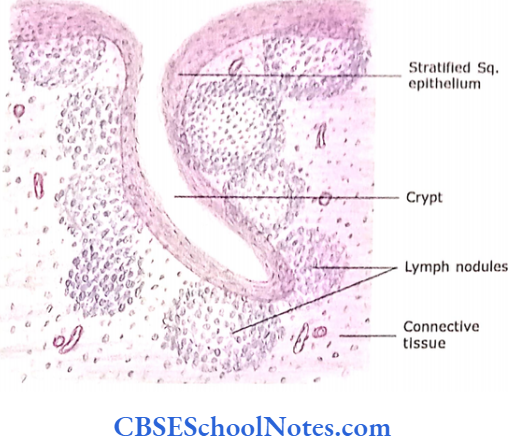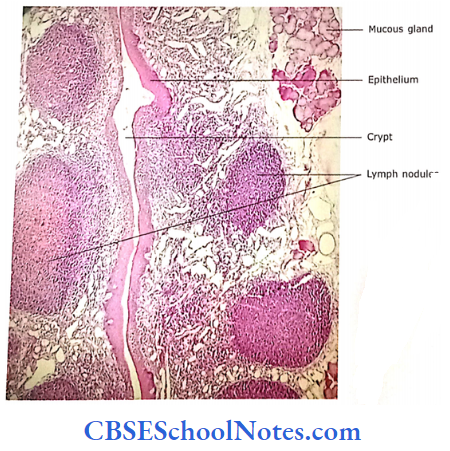Size Reduction In Pharmaceutical Engineering Introduction
The raw materials are generally present in large size which cannot be used by industries so, so materials need to be converted into smaller-sized particles or powder. Conversion of large-sized material into small-sized particles or powder is called as size reduction.
This process is extensively used in pharmaceutical industries.
- Any lumpy amorphous or crystalline substance that is to be subsequently processed, whether organic or inorganic, vegetable or animal origin must undergo thorough size reduction.
- Size reduction increases the surface area of the material which enhances many properties of the drugs like dissolution, drying, extraction of the active constituents from crude drugs, etc.
- Size reduction is an important process involving crushing, cutting, pulverization, shredding etc.
- The action of reducing a material, especially a mineral ore, to minute particles or fragments is called as comminution.
Size Reduction In Pharmaceutical Engineering Objectives
Size reduction increases surface area.
- An increase in surface area enhances the speed of many processes like chemical reactions, extraction of drugs, drying, dissolution rate, and rate of absorption.
- Size reduction produces particles in a narrow size range. Mixing powders with a narrow size range is easier.
- In the case of suspensions, fine particle size is important because it reduces the rate of sedimentation.
- Pharmaceutical capsules, insufflations (i.e. powders inhaled directly into the lungs), suppositories, and ointments require smaller particle sizes.
- To allow the rapid penetration of solvent in crude drugs to extract phytochemicals.
Size Reduction Mechanism In Pharmaceutical Engineering
Size reduction involves the following mechanisms:
- Cutting
- Compression
- Impact
- Attrition
- Combination of impact and attrition
1. Cutting:
In this method of size reduction, the material is cut down into small pieces with the help of a sharp blade, knife, etc. It involves the application of force over a very narrow area of material using the sharp edge of the cutter. In industries, cutter mills are used to reduce the size of materials. This method gives generally a coarse-sized powder. This method can be used for size reduction of soft materials like roots, peels, etc.
2. Compression:
In this mechanism, the size reduction is achieved by crushing the material by application of pressure. Roller mill is used in industry to reduce the size involving the principle of compression.
3. Impact:
Impact occurs when the material is kept stationary and is hit by an object moving at high speed or when the material is kept moving at high speed against a stationary object. The hammer mill works on the principle of impact.
4. Attrition:
It involves a collision between two particles having high kinetic energy or a high-velocity particle with a stationary phase. A roller mill works on this principle.
5. Combined impact and attrition:
This type of mechanism involves both effects i.e. impact and attrition. A ball mill works on the combined principle of impact and attrition.
Size Reduction Laws Governing
They are used to predict energy requirements for size reduction.
- Rittinger’s law
- Kick’s law
- Bond’s law
- Holmes law
- Harris law
1. Rittinger’s law:
The energy required in crushing is proportional to the new surface created as a result of particle fragmentation.
i.e. Energy ∝ New surface
Energy = [K1/D2-1/D1]
Where Di and D2 are particle sizes at the start and end of the process respectively.
⇒ K= KR.FC
Where KR is Rittinger’s constant and fc is the crushing strength of the material.
2. Kick’s low:
The energy required to reduce the size of particle Is proportional to the ratio of the Initial size of the particle to the final size of the particle.
E = KK In [d1/d2]
E = Energy required
KK = Kick’s constant
D1 = Average initial size of particles
D2 = Final particle size (in logarithm).
3. Bond’s law:
The total work input required to reduce particle size is proportional to the square root of the diameter of the product particles.
W = 10 Wi1/√d2-1/√d1
Where,
W is the energy consumed,
Dυ is the size of the feed
D2 is the size of the product
Wi is the bond index.
Size Reduction Factors Affecting
1. Hardness:
The hardness of the material affects the process of size reduction. It is easier to break soft material to a small size than hard material.
2. Toughness:
The crude drugs of a fibrous nature or those having higher moisture content, are generally tough. A soft but tough material may present more problems in size reduction, than a hard but brittle substance.
3. Stickiness:
Stickiness causes a lot of difficulty in size reduction. This is because the material adheres to the grinding surfaces or sieve surface of the mill. It is difficult to powder drugs of have a gummy or resinous nature if the method used for size reduction generates heat. Complete dryness of the material may help to overcome this difficulty.
4. Material structure:
Materials that show some special structure may cause problems during size reduction e.g. vegetable drugs which have cellular structure, generally produce long fibrous particles on its size reduction. Similarly, a mineral substance having lines of weakness, produces flake-like particles on its size reduction.
5. Moisture content:
The presence of moisture in the material influences a number of its properties such as hardness, toughness, or stickyness which in its turn affects the particle size reduction. The material should be either dry or wet. It should not be damp. The material having 5% moisture in the case of dry grinding and 50% moisture in wet grinding does not create any problems.
6. Softening temperature:
Waxy substances such as stearic acid or drugs containing oils or fats, become softened during the size reduction processes if heat is generated. This can be avoided by cooling the mill.
7. Purity required:
Various mills used for size reduction often cause the grinding surfaces to wear off and thus impurities come in the powder. If a high degree of purity is required, such mills must be avoided. Moreover, the mills should be thoroughly cleansed between batches of different materials to maintain purity.
8. Physiological effect:
Some drugs are very potent. During their particle size reduction in a mill, dust is produced which may affect the operator. In such cases; the enclosed mills may be used to avoid dust.
9. Ratio of feed size to product size:
To get a fine powder in a mill, it is required that a fairly small feed size should be used. Hence it is necessary to carry out the size reduction process in several stages, using different equipment e.g. Preliminary crushing followed by coarse powder and then fine grinding.
10. Bulk density:
The output of the size reduction of material in a machine depends upon the bulk density of the substance.
Size Reduction Equipment Used
Equipment Used in Size Reduction:

1. Hammer Mill
Hammer Mill Principle:
- It works on the principle of impact that is the material is more or less stationary and is hit by an object moving at a high speed.
- The main mechanism involved is pulverization or grinding of the materials.
Hammer Mill Construction:
The hammer mill consists of three basic parts as follows
- Hopper, which delivers the material.
- The grinding mechanism usually consists of a rotor and stator.
- The discharging chute.
A hammer mill consists of a steel drum containing a vertical or horizontal rotating shaft or drum on which hammers are mounted. The hammers swing on the ends of the cross freely or fixed to the central rotor. The rotor rotates at a high speed inside the drum while the material is fed into a feed hopper. The material is impacted by the hammer bars and expelled through screens.
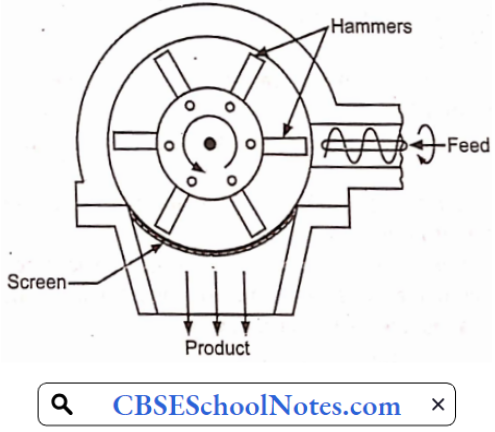
Hammer Mill Working:
The hopper containing material is connected to the drum.
- The material is powdered to the desired size due to the fast rotation of hammers and is collected under the screen.
- This mill has the advantage of continuous operation because the chance of jamming is less as the hammers are not fixed. ‘
- The mill can produce coarse to moderately fine powder. Due to the high speed of operation, heat is generated which may affect thermo labile drugs or material.
- Moreover, high speed of operation also causes damage to the mill if foreign objects such as stone or metal is present in the feed
Hammer Mill Uses:
- It is used in pharmaceutical industries to process wet or dry granulations and disperse powder mixtures.
- It is used in milling pharmaceutical raw materials, herbal medicine, and sugar.
- It is used in the powdering of barks, leaves, and roots of medicinal plants.
- It is applied in the milling of active pharmaceutical ingredients (API), excipients, etc
Hammer Mill Advantages:
It produces a specified top size without the need for a closed-circuit crushing system.
- Produces relatively numerous size distributions with a minimum of fines due to self-classification.
- It has a high reduction ratio and high capacity whether used for primary, secondary, or tertiary grinding.
- Relatively reasonable energy requirements.
- Brittle materials are best fractured by impact from blunt hammers.
- It is capable of grinding many different types of materials.
- The machine is easy to install and operate and its operation is continuous.
- It occupies a small space.
- It is easy to maintain and clean.
- It is inexpensive
- It is easy if the manufacturer allows easier local construction.
Hammer Mill Disadvantages :
- Not recommended for the fine grinding of very hard and abrasive material due to excessive wear.
- Not suitable for low-melting sticky or plastic-like material due to heat generation in the mill head as a result of mill fouling.
- The mill may be choked if the feed rate is not controlled, leading to damage.
- The presence of foreign materials like stone or metals which finds its way into the material due to inadequate garbling process
- There is the possibility of clogging of the screen.
2. Ball mill
Ball mill Principle:
It works on the principle of impact and attrition. Size reduction is done by impact and attrition as the balls drop from near the top of the shell.
Ball mill Construction:
A ball mill also known as a pebble mill or tumbling mill is a milling machine that consists of a hollow cylinder containing balls; mounted on a metallic frame such that it can be rotated along its longitudinal axis.
- The balls which could be of different diameters occupy 30 -50% of the mill volume and its size depends on the feed and mill size.
- The large balls tend to break down the coarse feed materials and the smaller balls help to form the fine product by reducing void spaces between the balls.
- Ball mills grind material by impact and attrition.
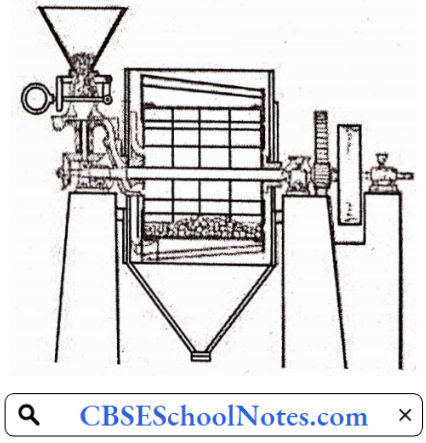
Ball mill Working:
The material is- put into a cylinder and it is rotated. The maintenance of the speed of rotation is important. At low speed, the balls will roll over each other and the size reduction will not occur at optimum level. At high speed, the balls will stick to the walls of the cylinder and no size reduction will occur. But at optimum speed, the balls will just taken up to the top and they will fall down.
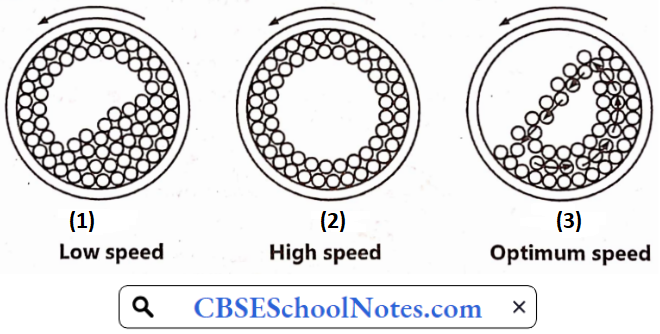
Ball mill Uses:
The mill is used to grind brittle drugs to fine powder.
Ball mill Advantages:
- It produces very fine powder (particle size less than or equal to 10 microns).
- It is suitable for milling toxic materials since it can be used in a completely enclosed form.
- It can be used for continuous operation.
- It is used in milling highly abrasive materials.
Ball mill Disadvantages:
- Contamination of product may occur as a result of wear and tear which occurs principally from the balls and partially from the casing.
- High machine noise level especially if the hollow cylinder is made up of metal, but much less if rubber is used.
- Relatively long time of milling.
- It is difficult to clean the machine after use.
- It is a very noisy machine
3. Fluid Energy Mill
Fluid Energy Mill Principle:
It operates by particle impaction and attrition.
Fluid Energy Mill Construction:
- It consists of a loop of pipe, having a diameter of 20 to 200 mm depending on the height, and may be up to about 2 meter.
- In the mill, material is suspended and conveyed at high velocity by air or steam, which passes through nozzles of 100 to 150 pounds per square inch.
- This doesn’t have any moving parts.
Fluid Energy Mill Working:
A fluid or milling gas, usually air or inert gas. is injected as a high pressure jet through nozzles at the bottom of the loop. The powder particles in the mill are accelerated to high velocity. The kinetic energy of the air plus the turbulence created causes inters particle (particle-particle collision) and particle-wall contact resulting in particle size between 2 and 10.
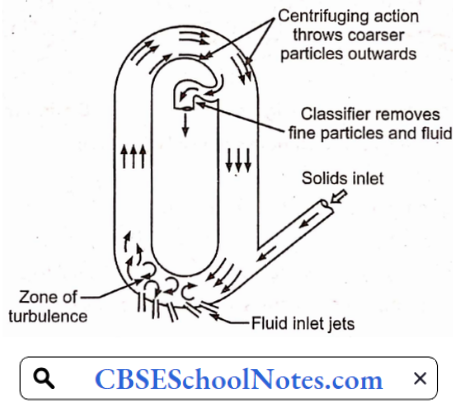
Fluid Energy Mill Uses:
- This mill can be used for size reduction of heat-sensitive materials.
- It is used in cases where high purity is required.
Fluid Energy Mill Advantages:
- The very fine size of particles can be obtained by using this mill.
- Required particle size can be achieved by using the classifier.
- Contamination of product cannot occur.
- Heat-sensitive materials can be used
Fluid Energy Mill Disadvantages:
- It is energy-consuming
- It may require pre-processing of materials to achieve the desired size.
4 . Edge Runner Mill
Edge Runner Mill Principle:
The material is getting crushed due to the weight of the stones and the shearing force which gets applied during the movement of these stones

Edge Runner Mill Construction:
It consists of two heavy rollers and a bed of material in a pan. The rollers have a central shaft and they revolve on its axis.
- The rollers are mounted on a horizontal shaft and move around the bed. A mill using more than two rollers is called a Chilean mill.
- The edge runner mills with perforated bottoms are known as grate mills.
- The scrappers are used for directing the material back to the center of the pan.
- Rollers are at the same distance from the center of the pan.
Edge Runner Mill Working:
The material to be ground is put in the pan and with the help of the scrapers it is kept in the path of the rollers. The material is ground for a definite period and then it is passed through the sieves to get powder of the required size.
Edge Runner Mill Uses:
It is used for size reduction of drugs to a fine powder.
Edge Runner Mill Advantages:
- It is mostly used for all types of drugs.
- Very fine particle size is produced.
- The major advantage of this mill is that it requires less attention during operation.
- The various groups of elements and combinations of such elements produce a machine that operates with greater efficiency.
Edge Runner Mill Disadvantages:
- It is not used for sticky materials.
- The process is noisy.
5. End Runner Mill
End Runner Mill Principle:
The material is getting crushed due to the weight of the heavy pestle and the shearing force that get applied during the movement of these stones.
End Runner Mill Construction and Working:
- It can be considered as a mechanical mortar and pestle, where the mortar is shallow and the bottom of the pestle is flat rather than round.
- It consist of bed of stone or mild steel with an eccentrically placed, vertical cylindrical dumb bell-shaped roll supported by a horizontal shaft such that when the shaft is rotated, friction between contacting surfaces of the bed and stone results in rotation of the roll and grinds the material placed on the bed.
- A scraper forces the material to the grinding surface. It can be used for size reduction of crystalline or brittle material.
End Runner Mill Use:
It is suitable for fine grinding.
End Runner Mill Disadvantage:
End runner mill is not suitable for drugs, which are in unbroken or slightly broken conditions.
Size Reduction In Pharmaceutical Engineering Multiple Choice Questions
Question 1. Size reduction cannot be obtained by
- Flocculation
- Physical
- Mechanical
- Precipitation
Answer: 1. Flocculation
Question 2. Size reduction of potent drugs is necessary due to one of the quality control parameters, in tablet formulation
- Content uniformity
- Friability
- Hardness
- Poor mixing
Answer: 1. Content uniformity
Question 3. Size reduction of material has the following disadvantage
- High degradation
- High dissolution
- High flow of material
- High surface area
Answer: 1. High degradation
Question 4. Which are the modes observed in ball mills?
- Attrition and cutting
- Cutting and compression
- Compression and impact
- Impact and attrition
Answer: 4. Impact and attrition
Question 5. Which mill includes a screen as an integral part of size reduction?
- Ball mill
- Edge runner mill
- Colloid mill
- Hammer mill
Answer: 4. Hammer mill
Question 6. Which one of the following is not true in the case of the construction of a hammer mill?
- Hammers are flat or sharp edges
- Metal sheet with holes or slots
- Hammers are a swing or rigid type
- Woven type of screen
Answer: 4. Woven type of screen
Question 7. If the given material is fibrous which mill will you prefer?
- Ball Mill Colloid Mill
- Colloid mill
- Fluid Energy Mill
- Cutter Mill
Answer: 4. Cutter Mill
Question 8. Which principle operates in the hammer mill?
- Attrition
- Cutting
- Crushing
- Impact
Answer: 4. Impact
Question 9. Which one of the following is not a size reduction process?
- Clarification
- Comminution
- Diminution
- Pulverization
Answer: 1. Clarification
Question 10. Sterile products cannot be obtained by
- Ball mill
- Colloid mill
- Fluid energy, mill
- Cutter mill
Answer: 4. Cutter mill

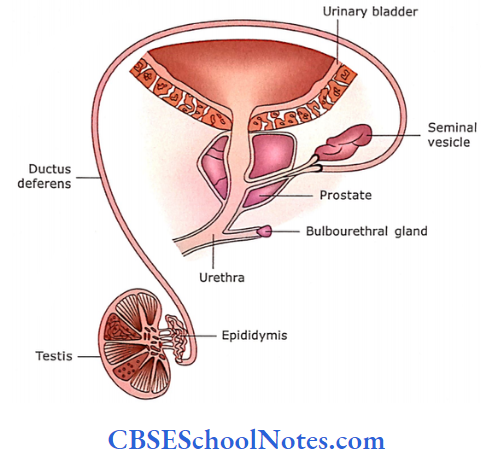
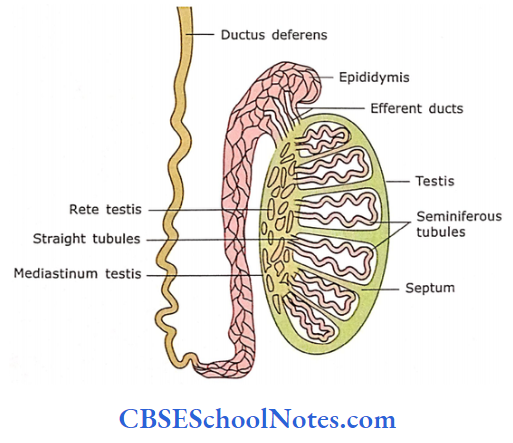

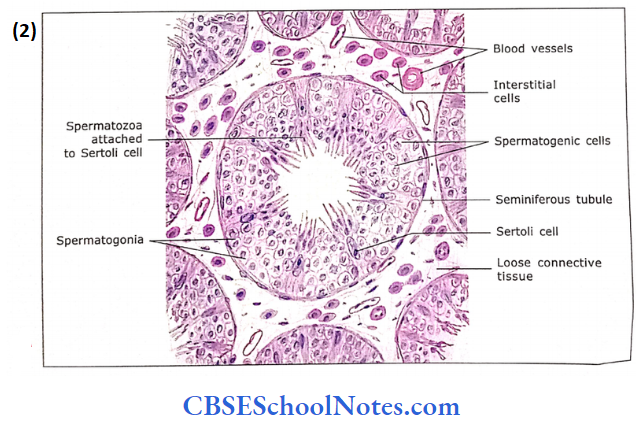
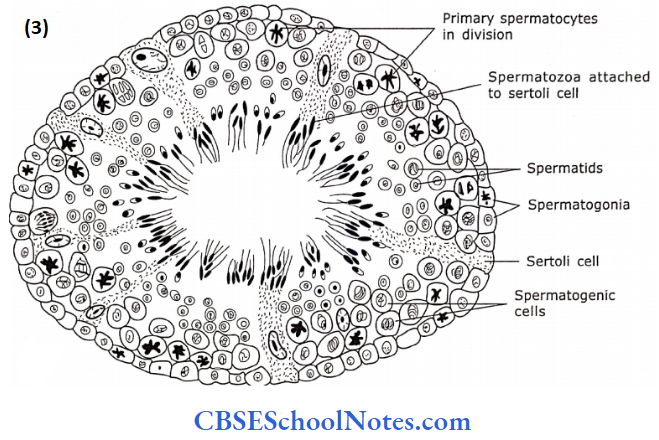
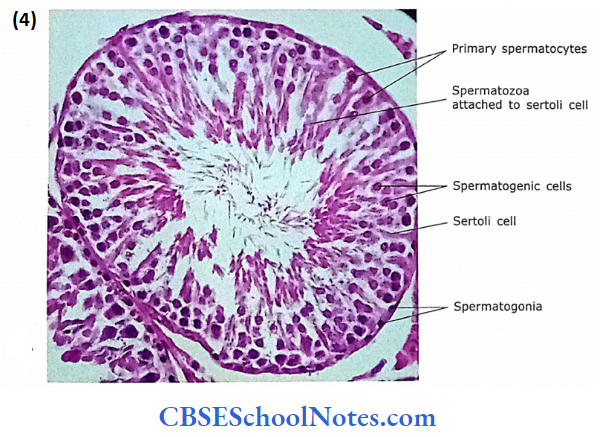
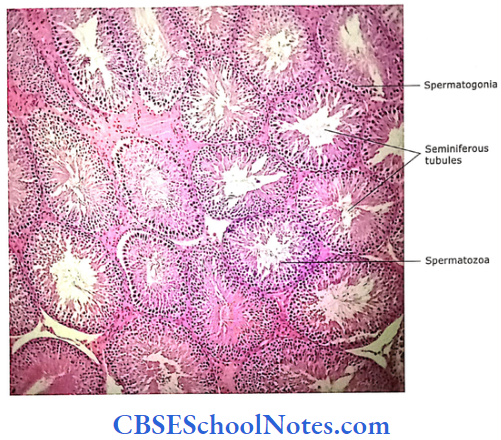

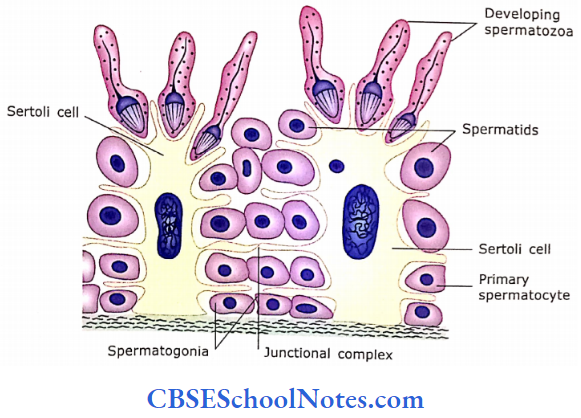
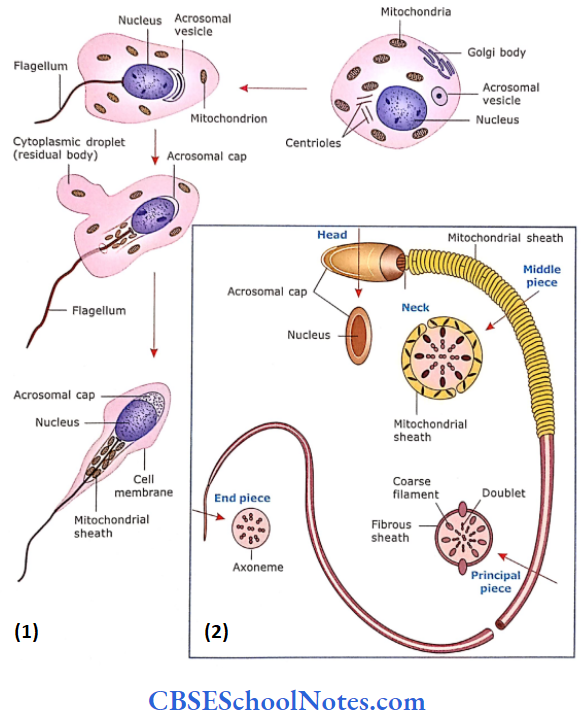
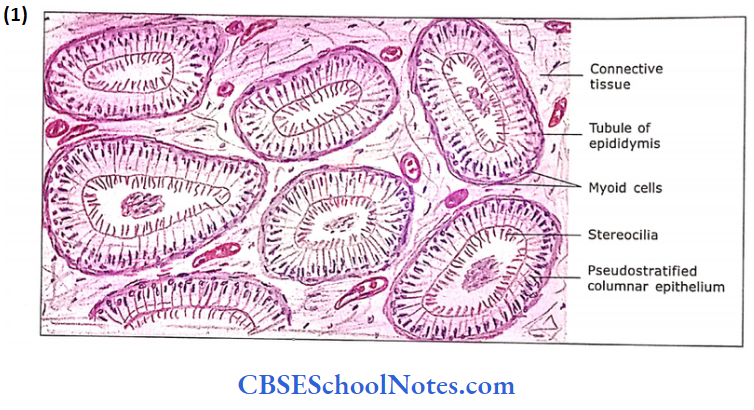
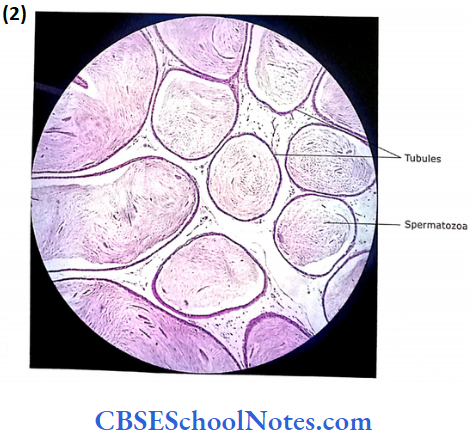
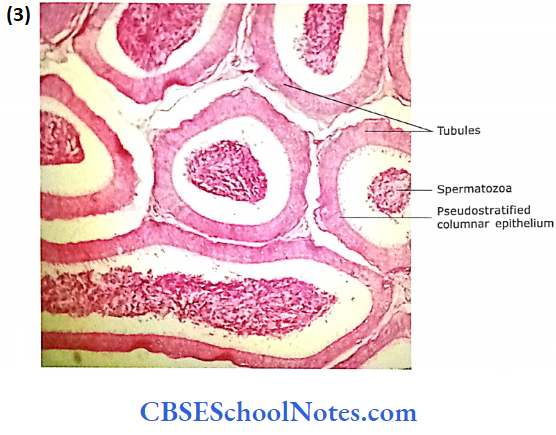
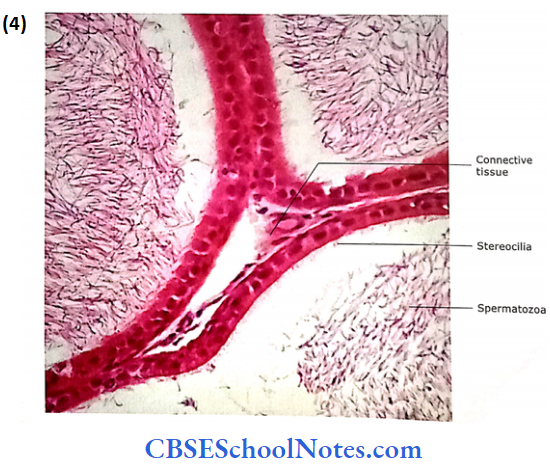
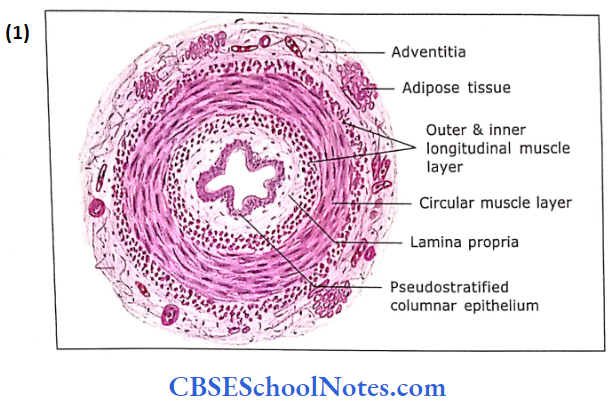
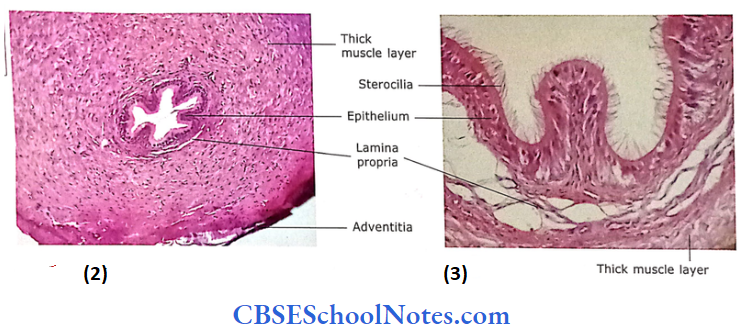
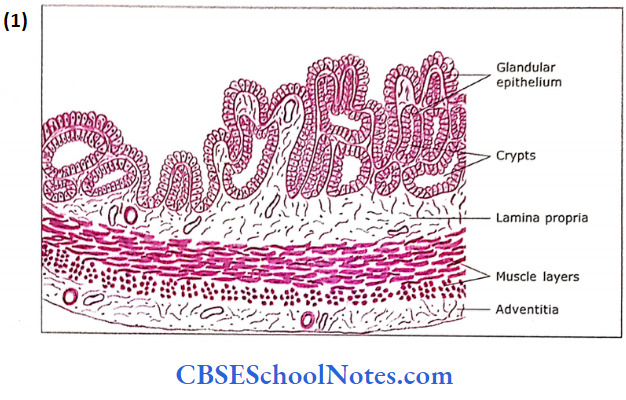
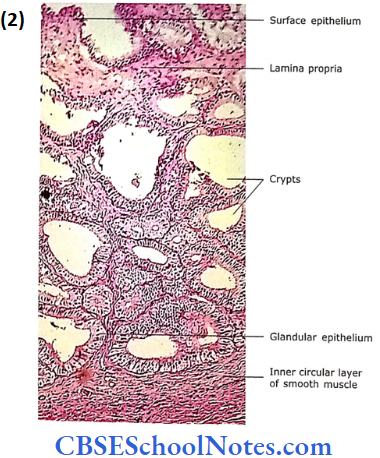
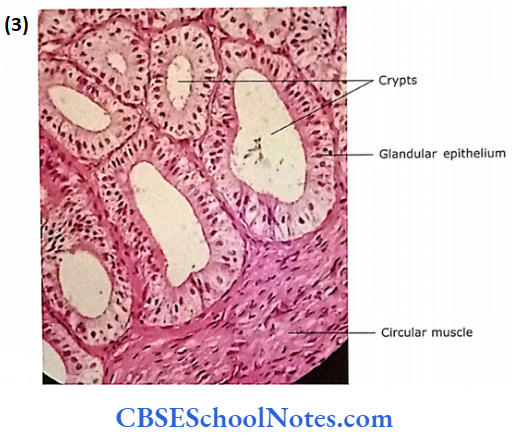
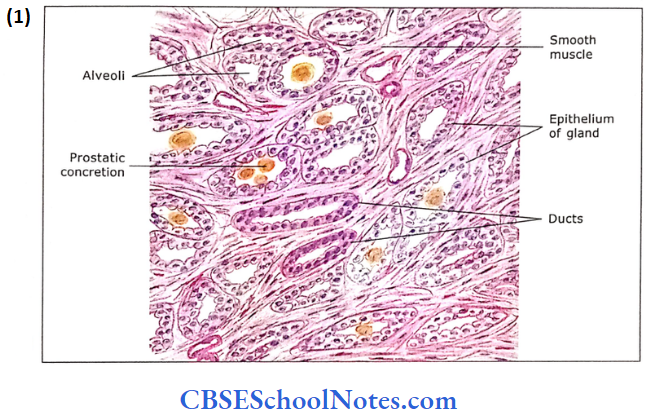
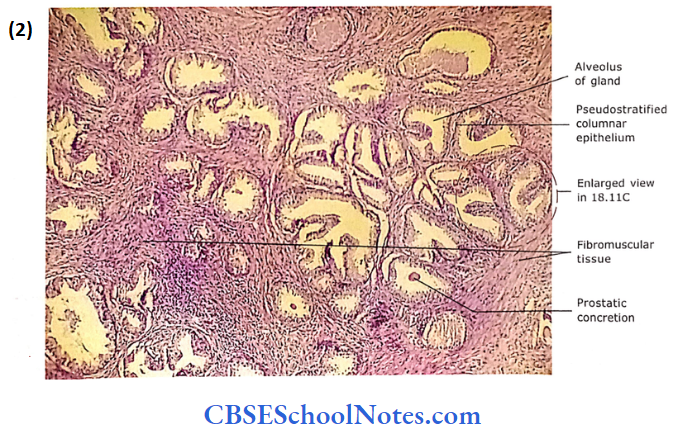
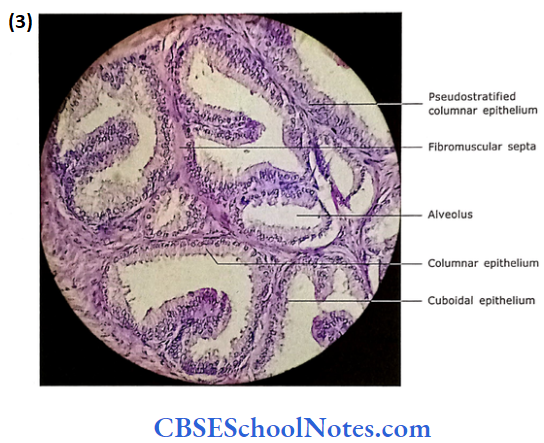
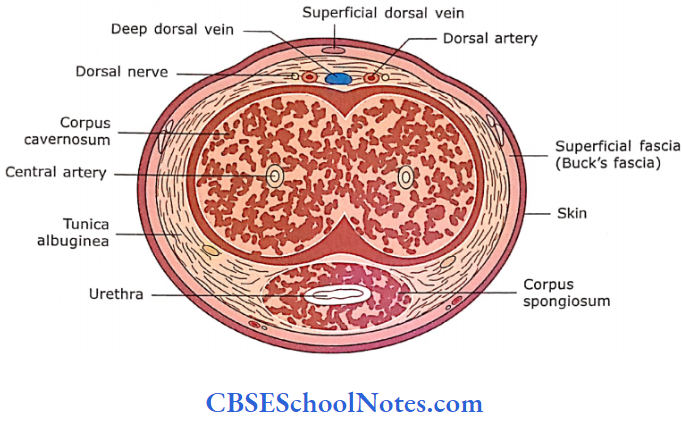
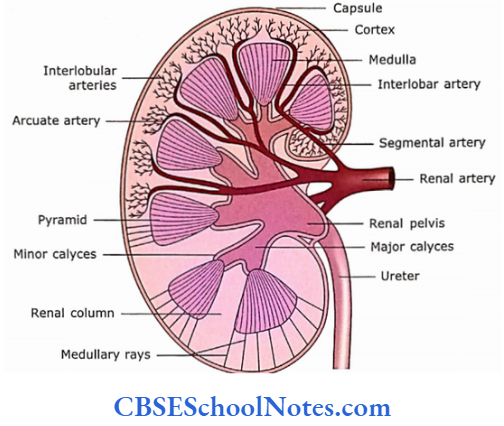
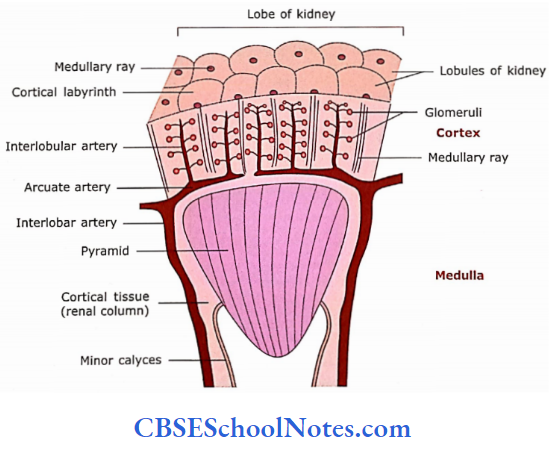
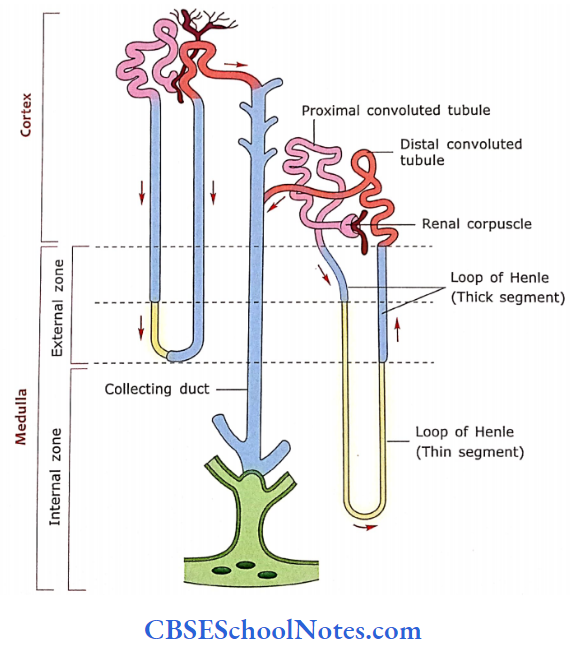
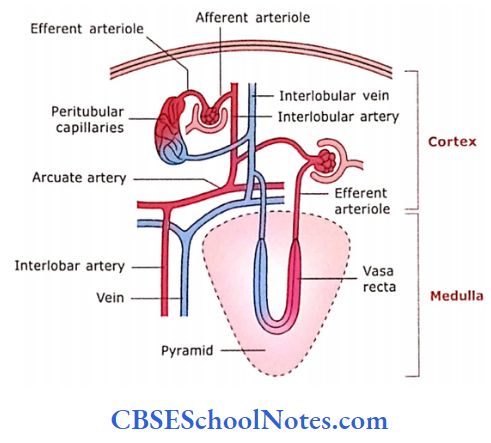
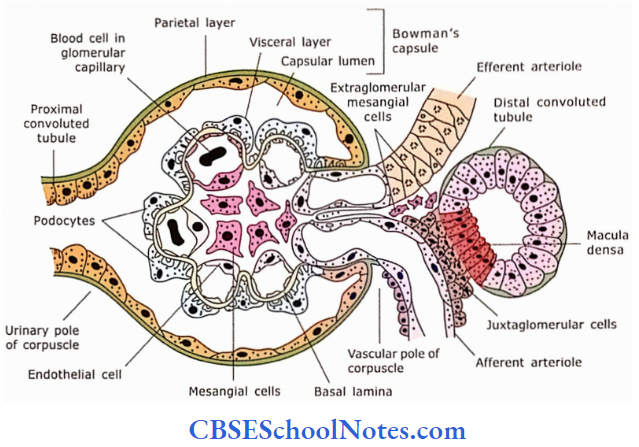
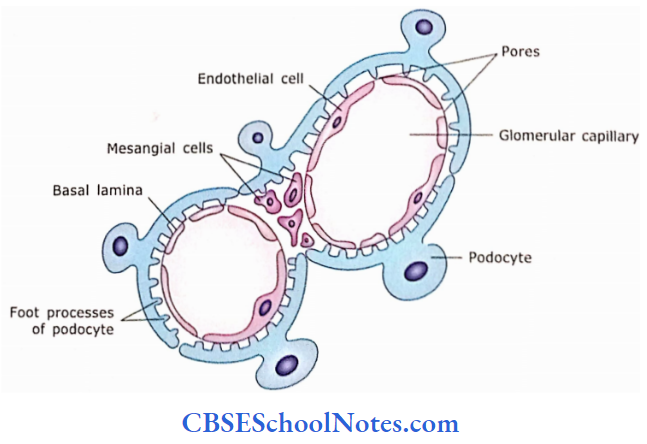
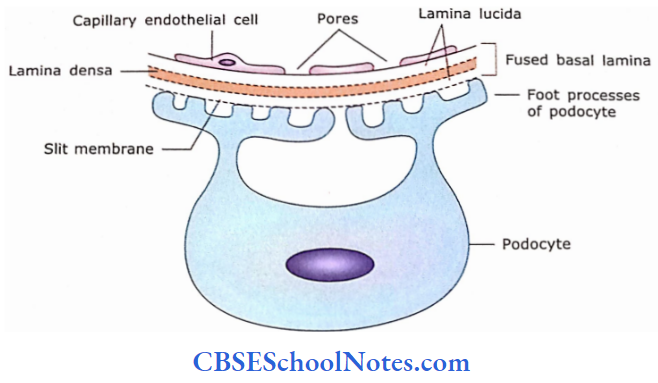
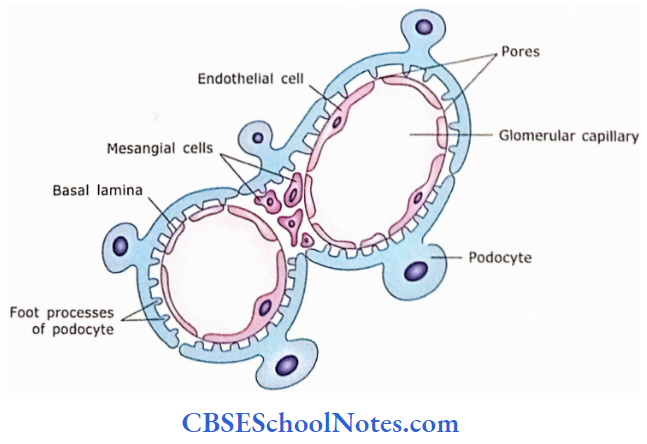

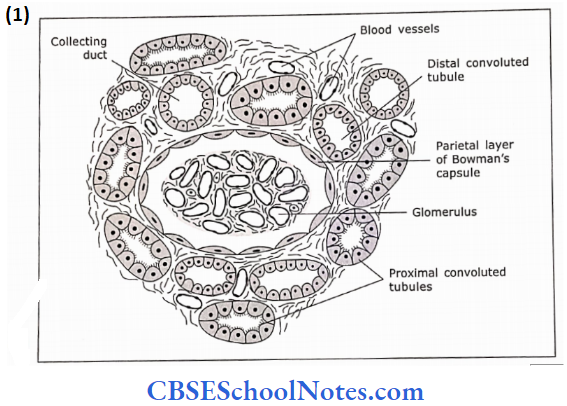
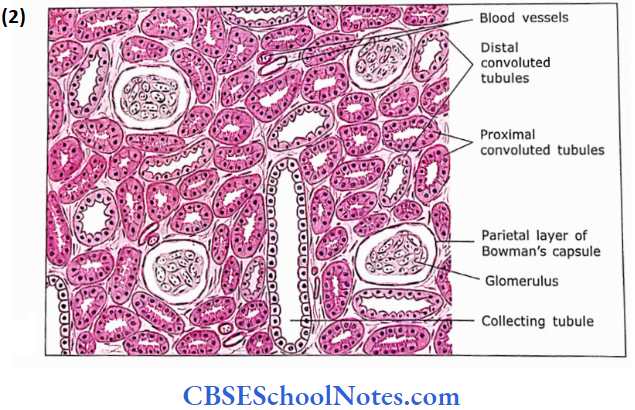
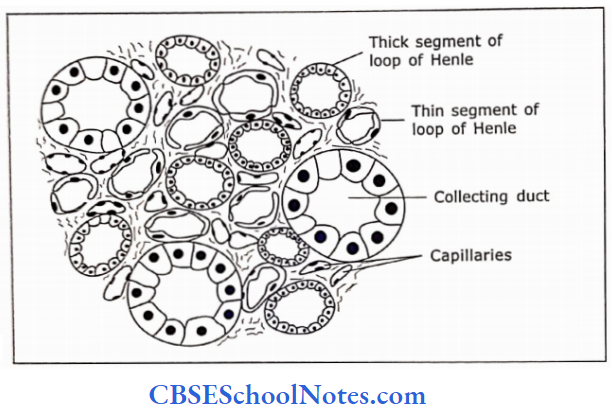
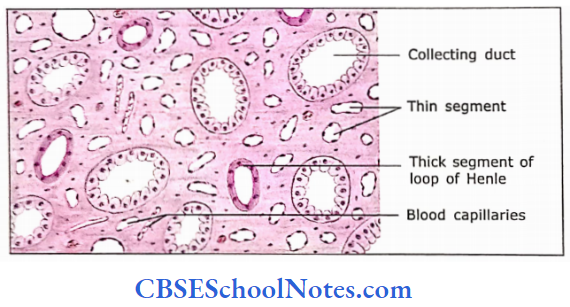
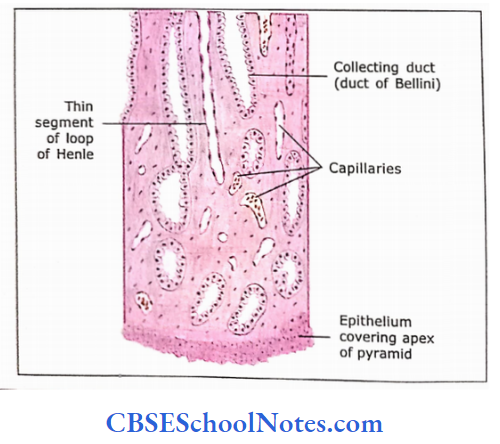
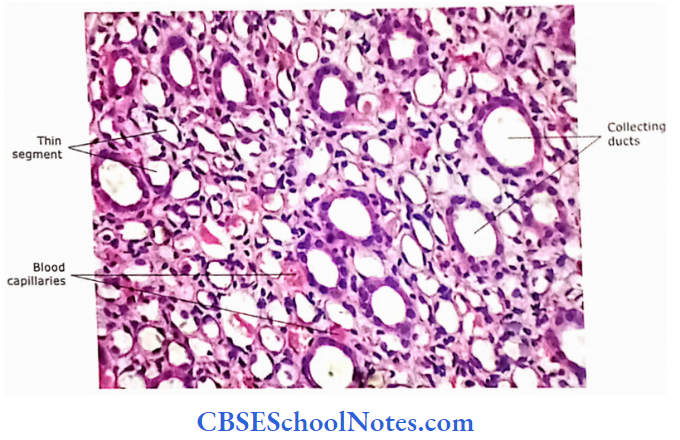
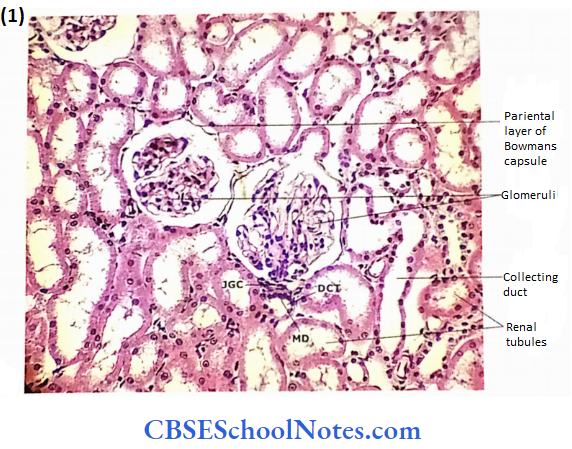
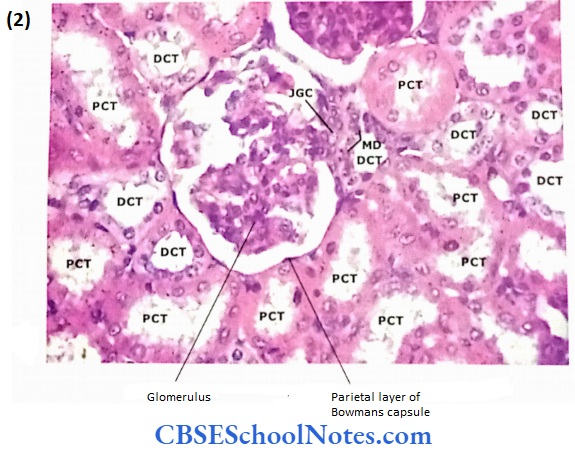
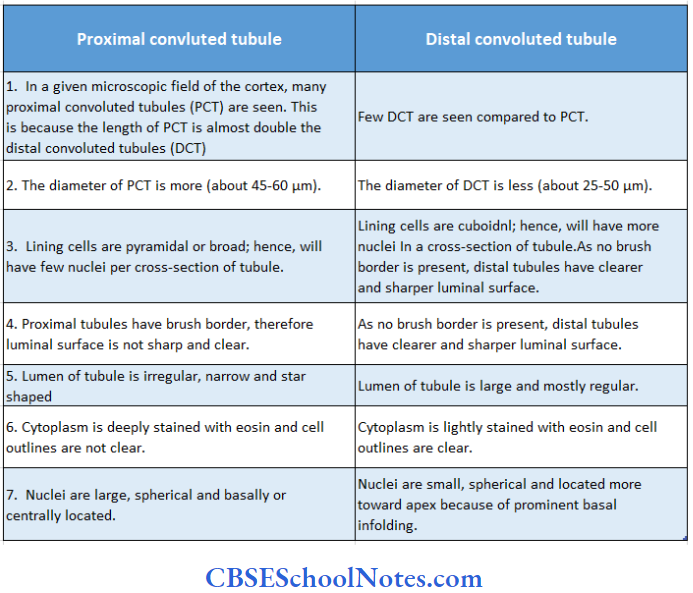
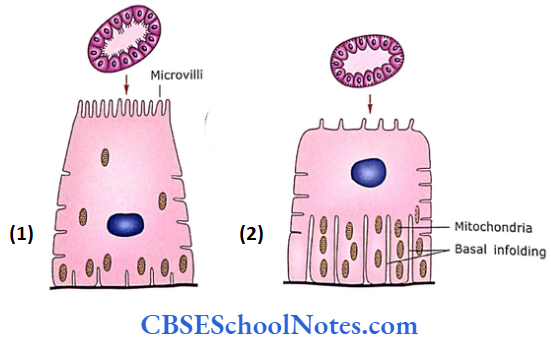
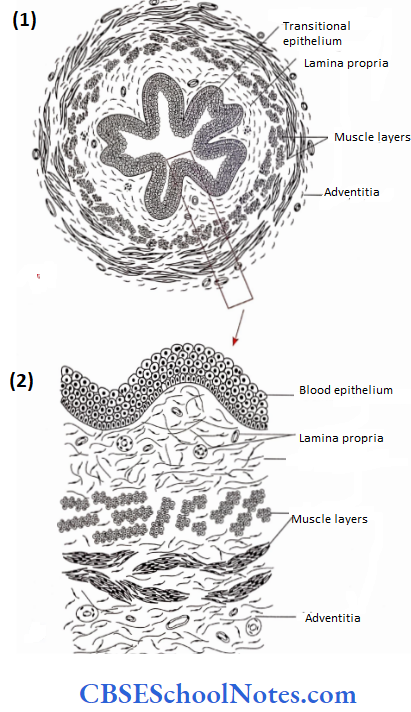
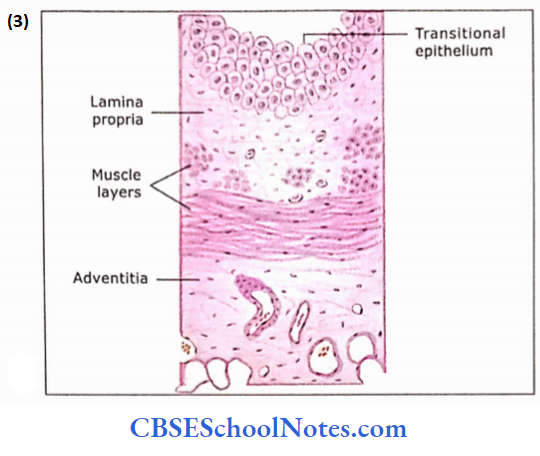
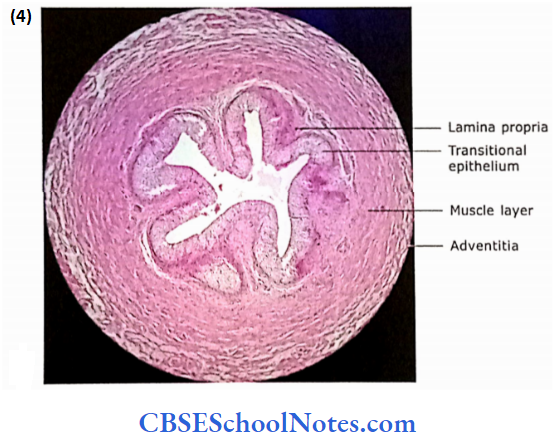

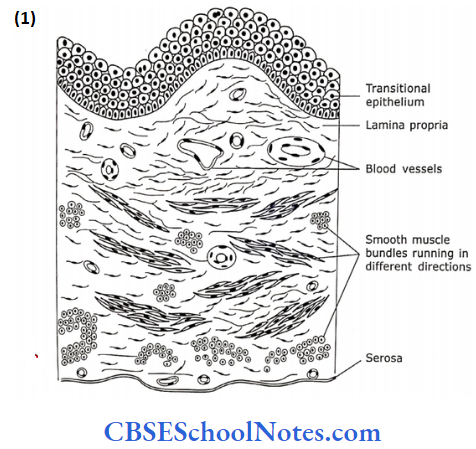

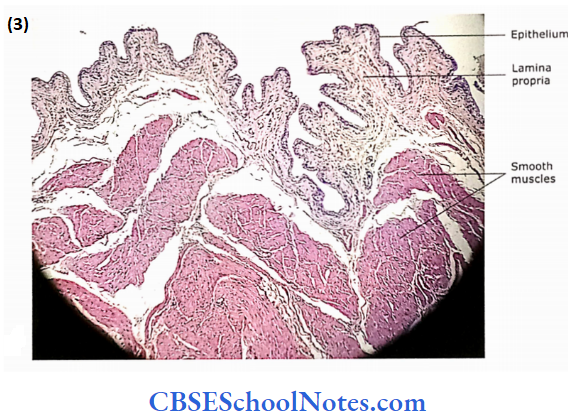
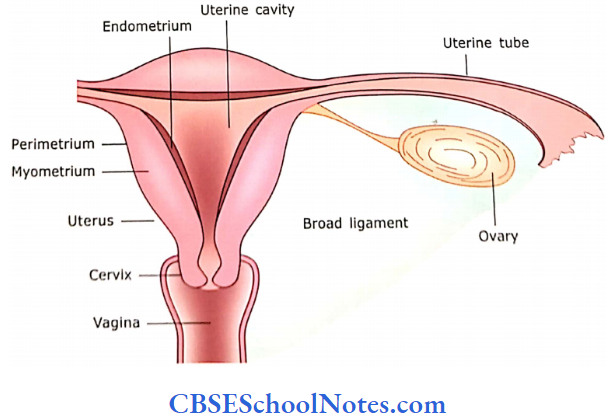
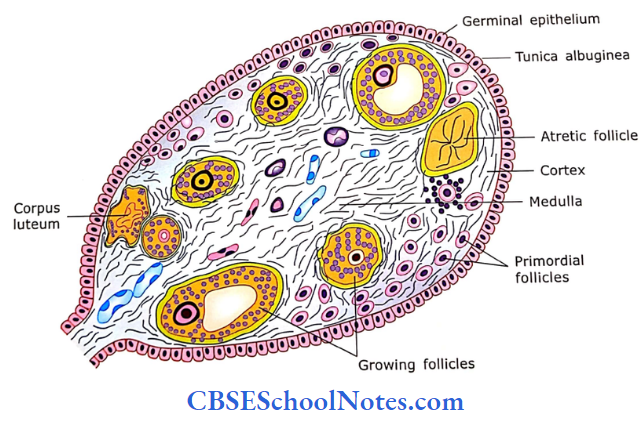
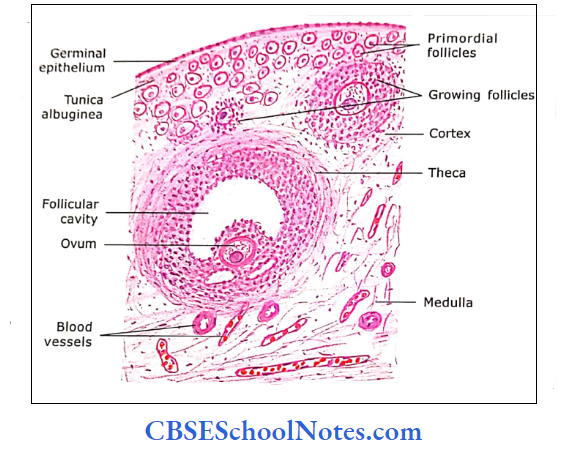
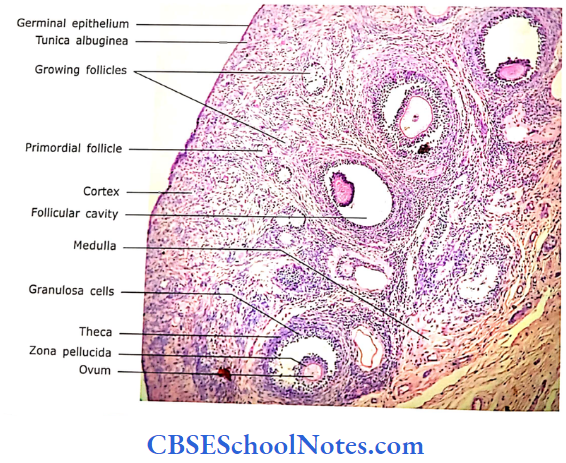

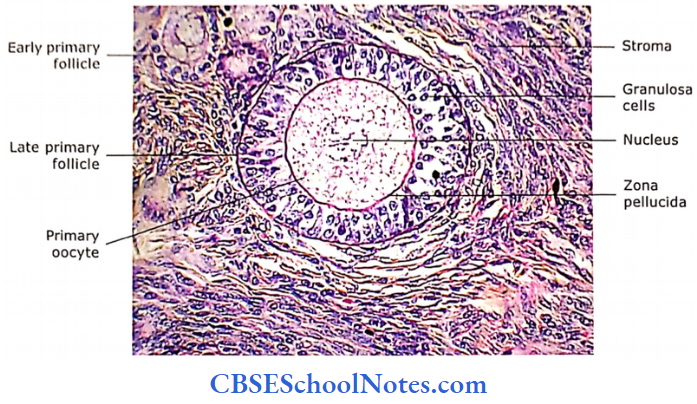
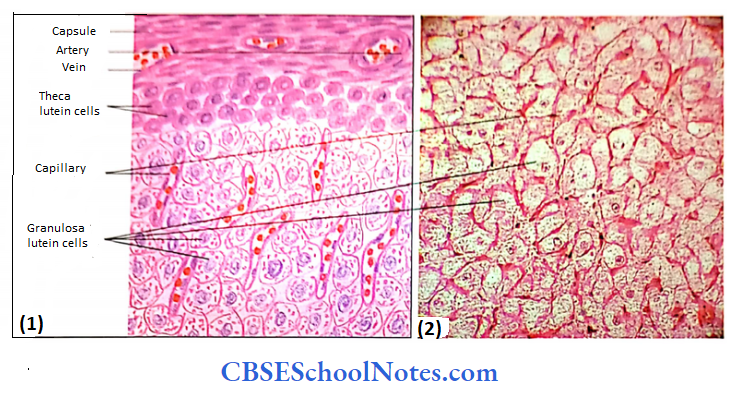
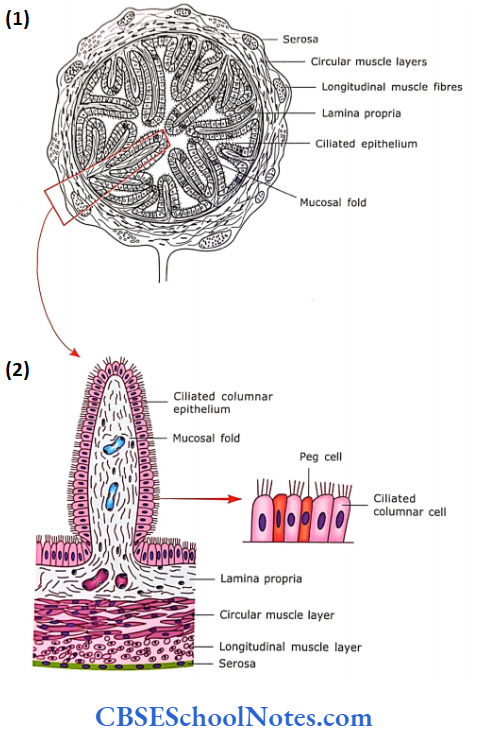
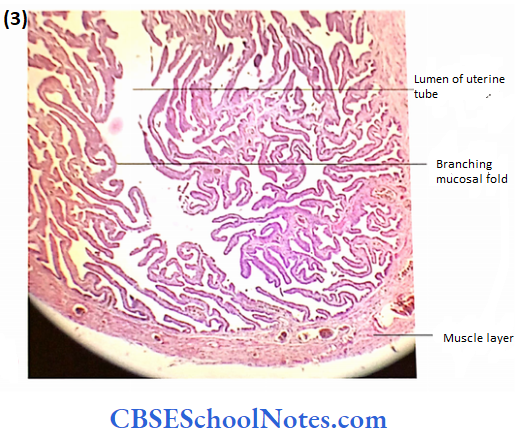
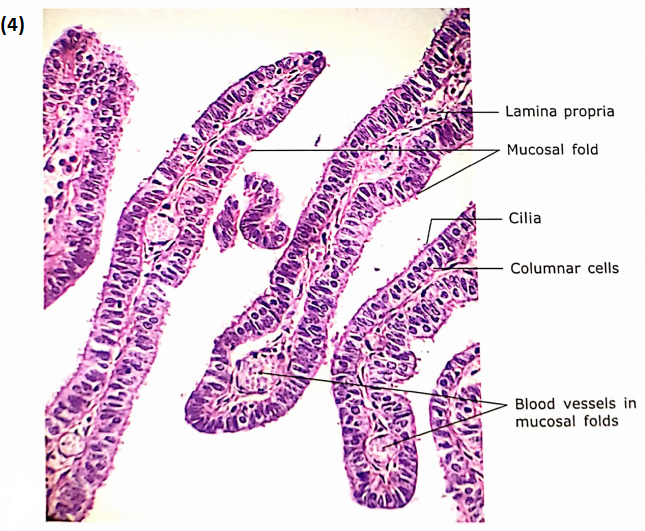

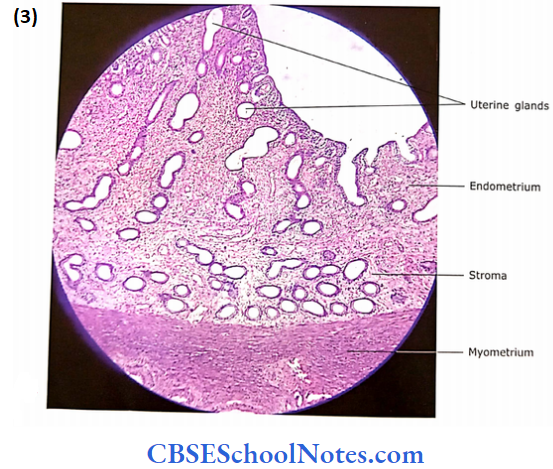
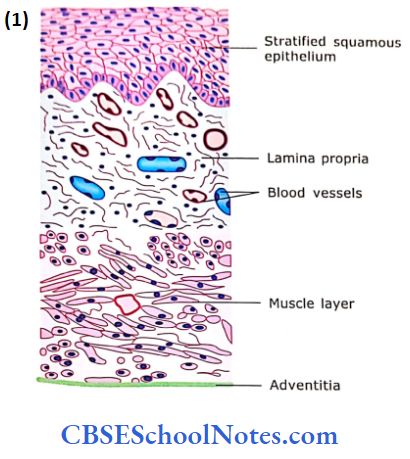
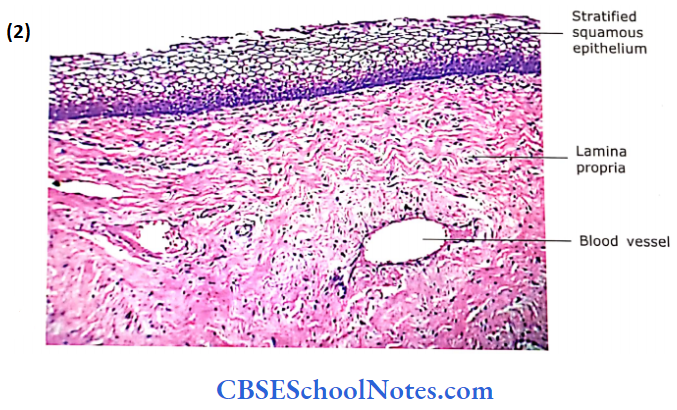
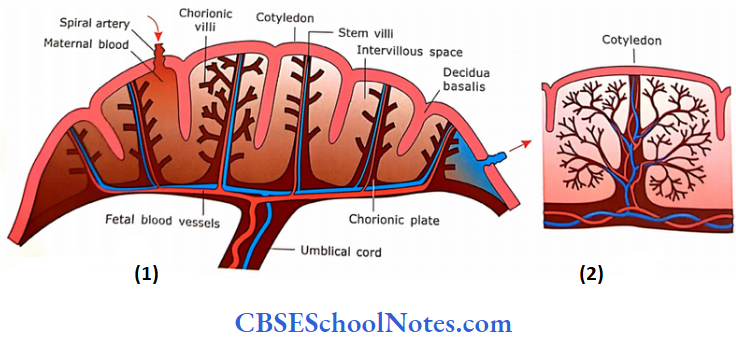
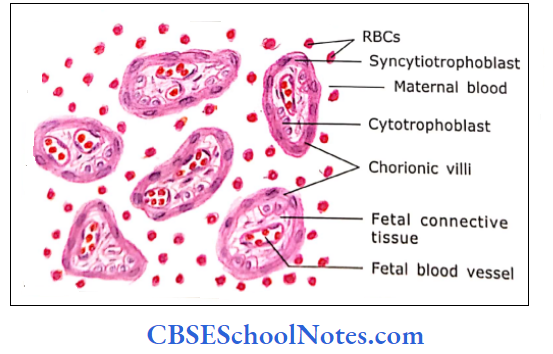
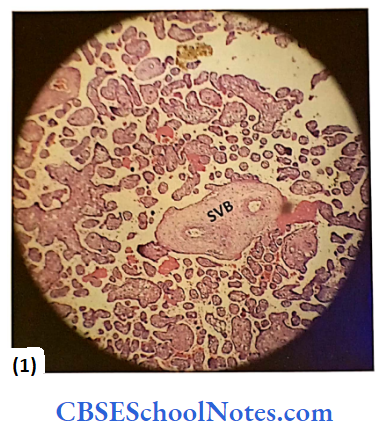
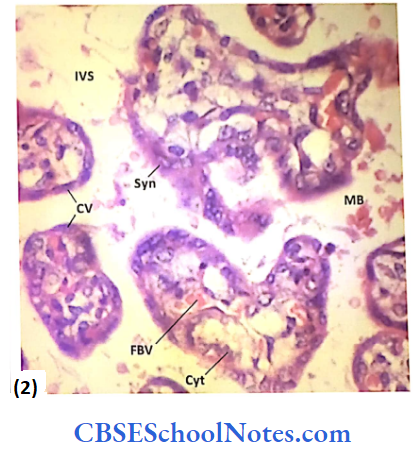
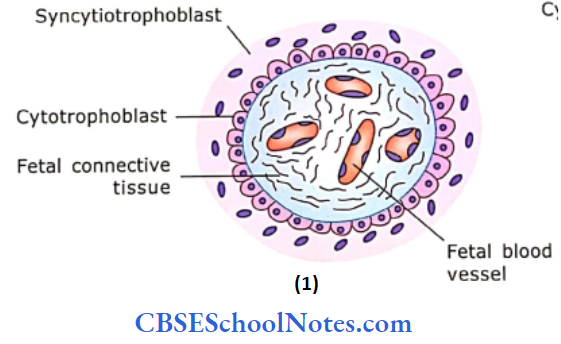
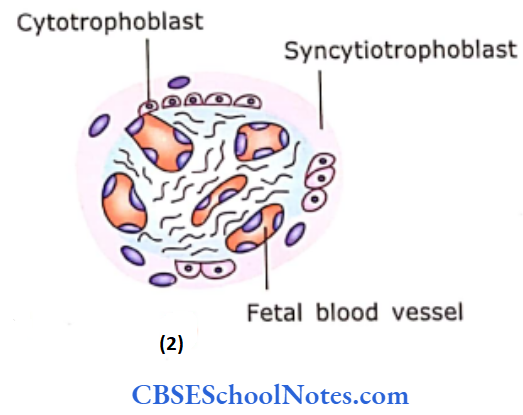
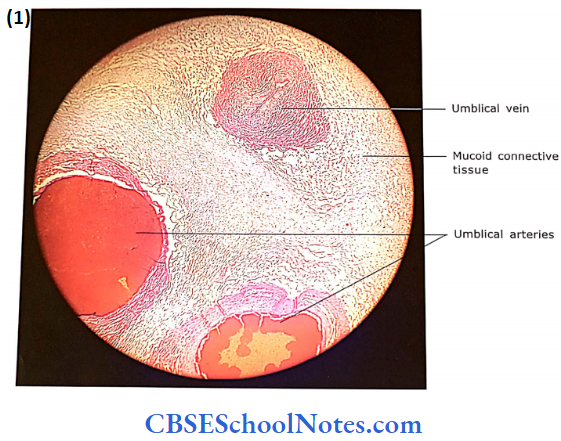
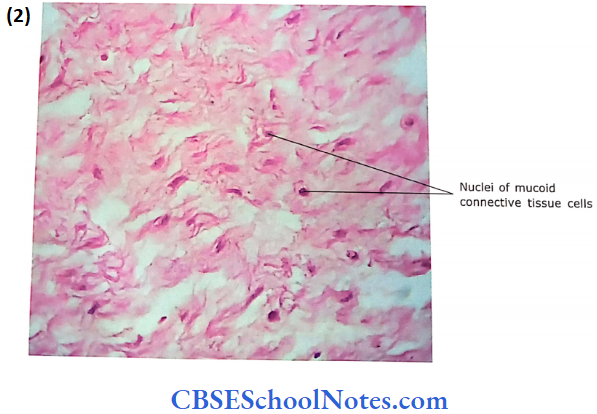

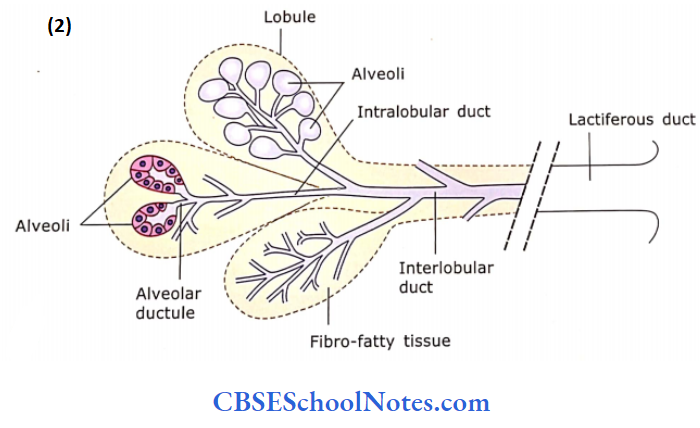
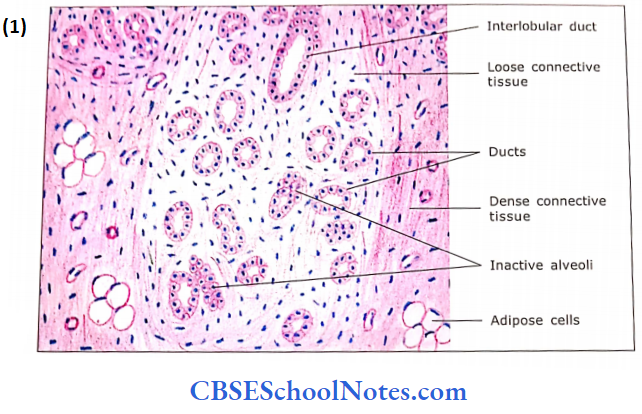
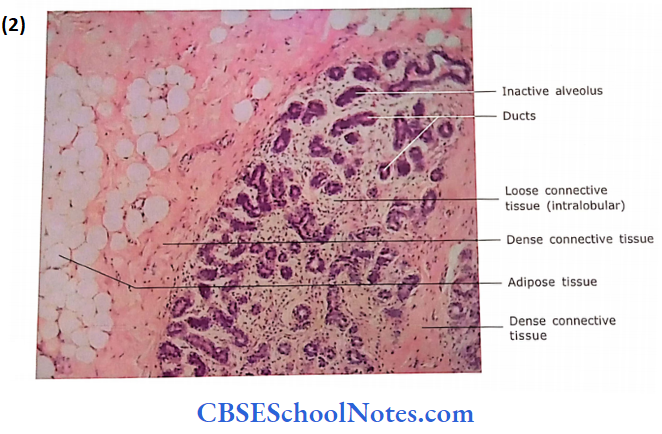
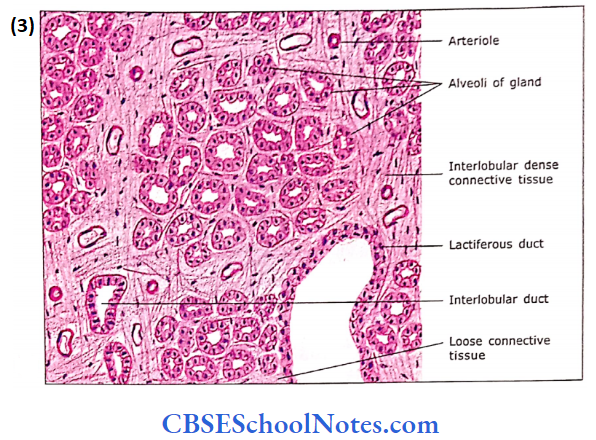
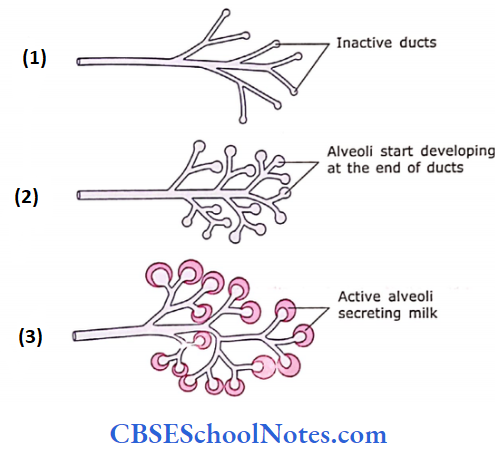
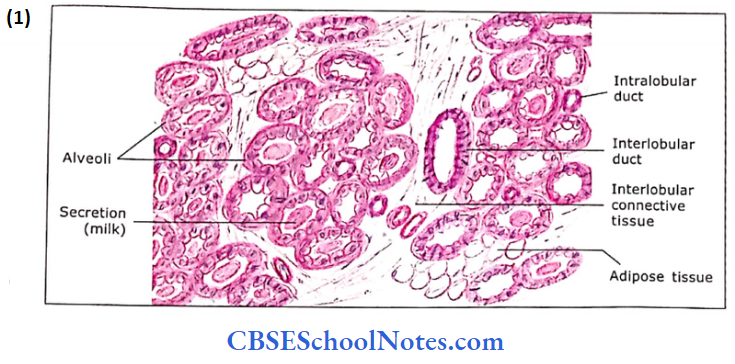
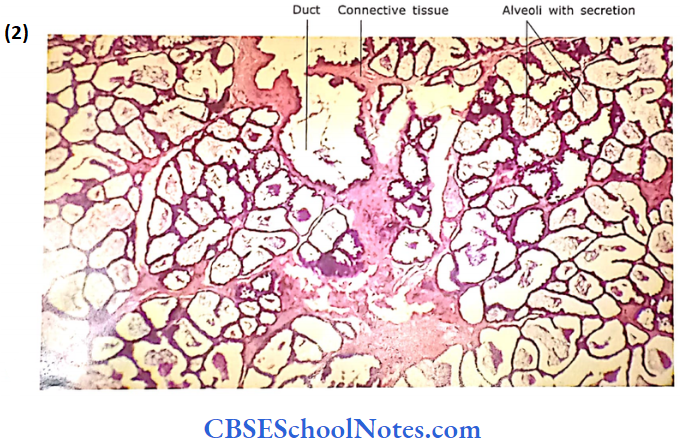
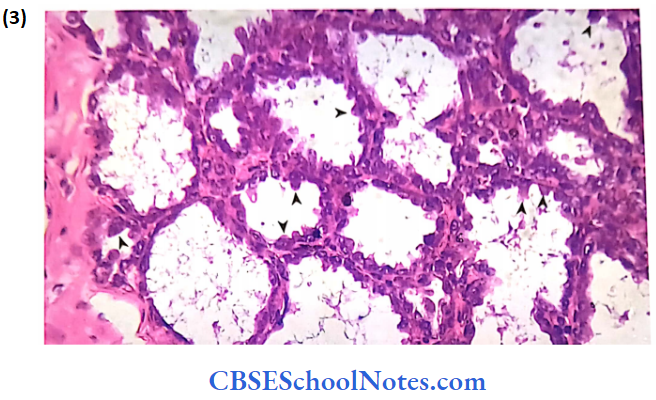
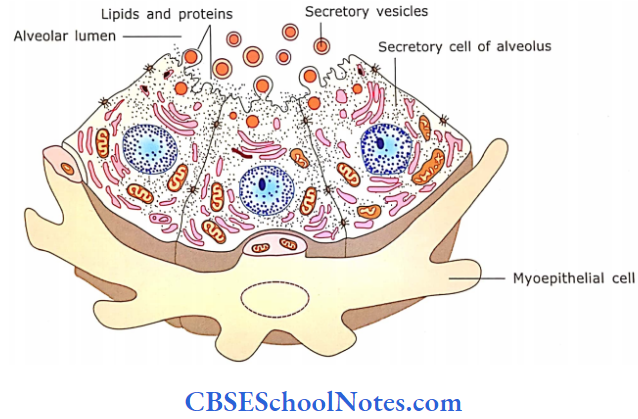
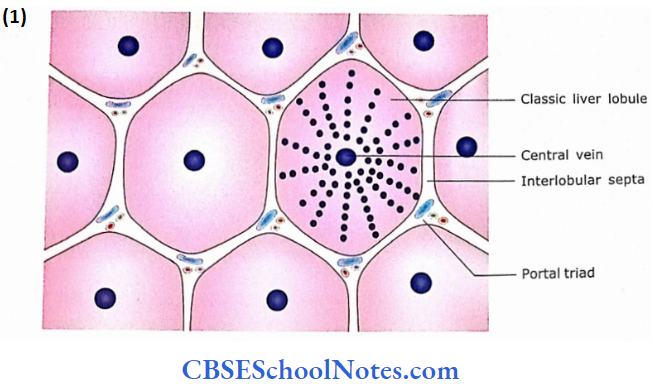
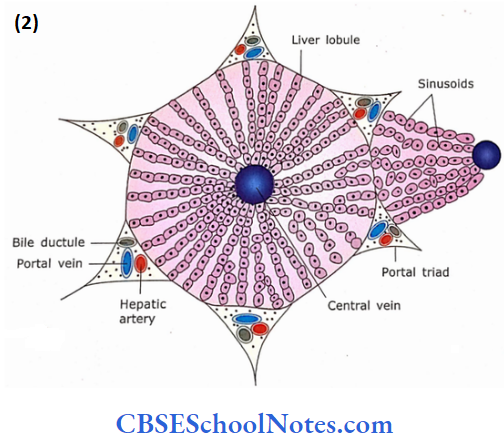

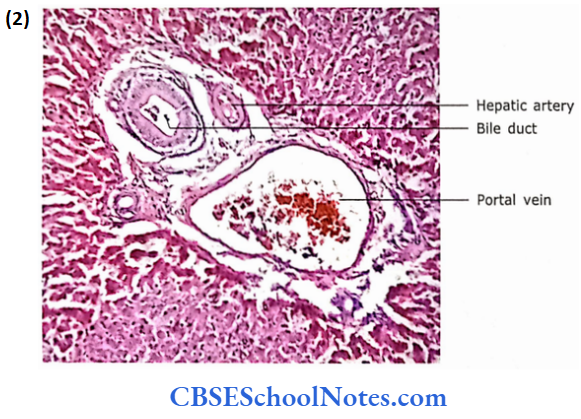
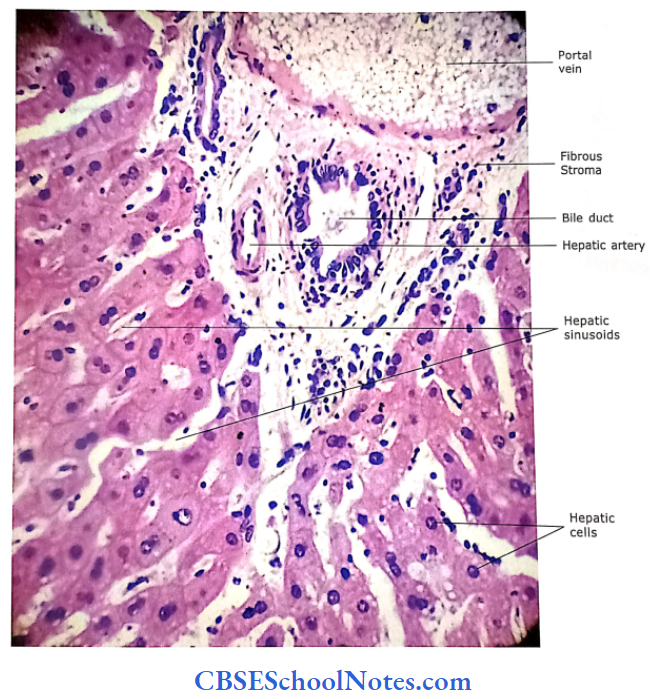

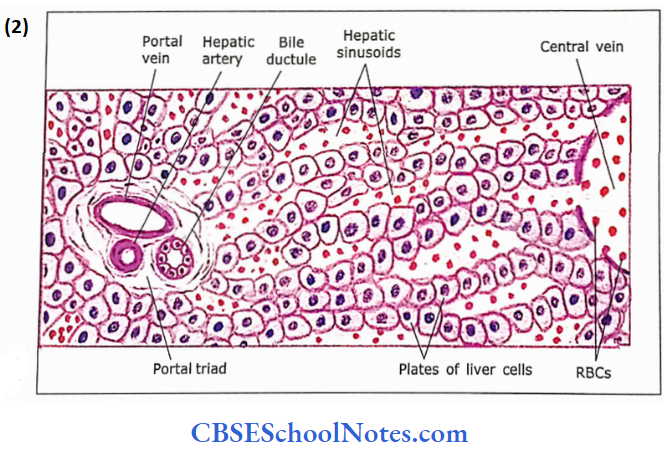
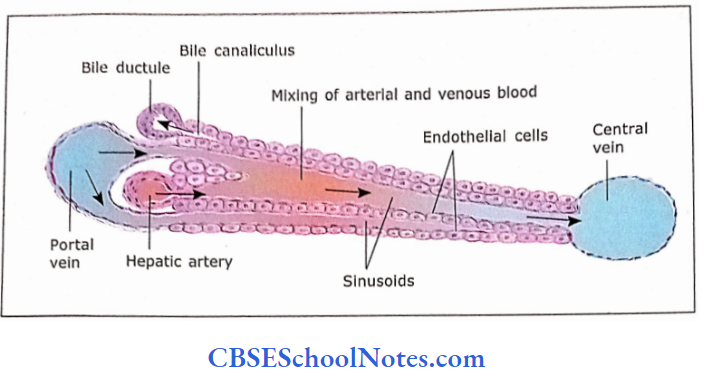
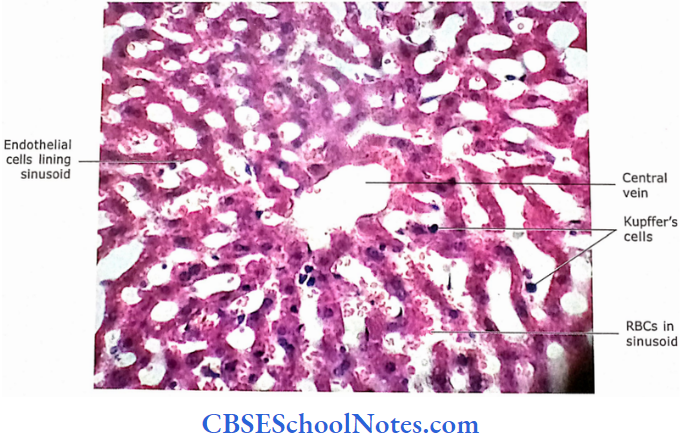
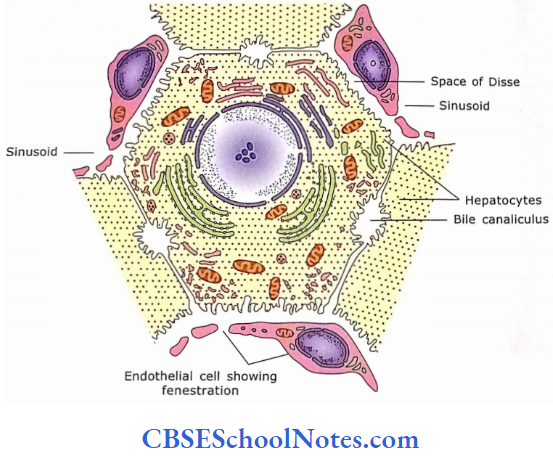


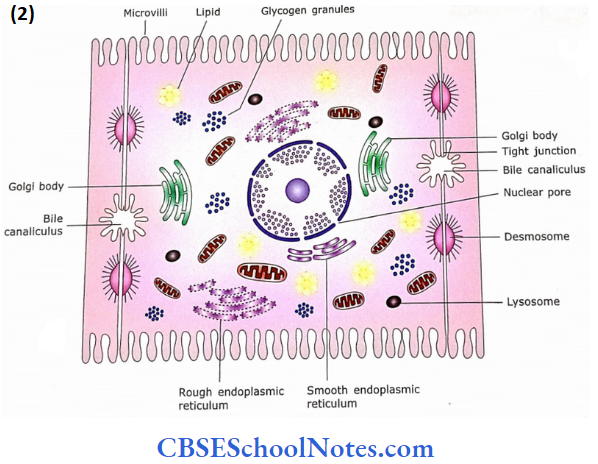
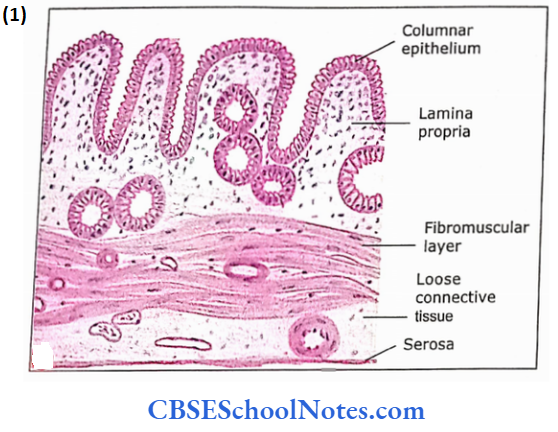
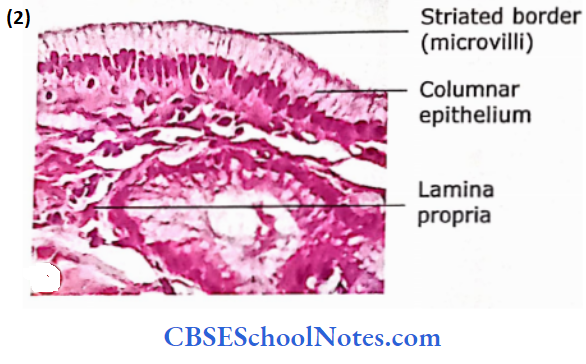
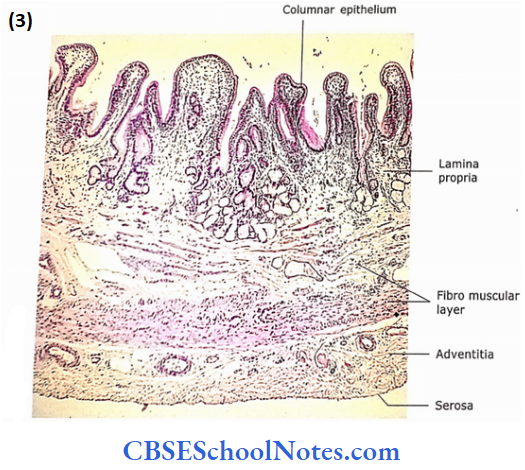
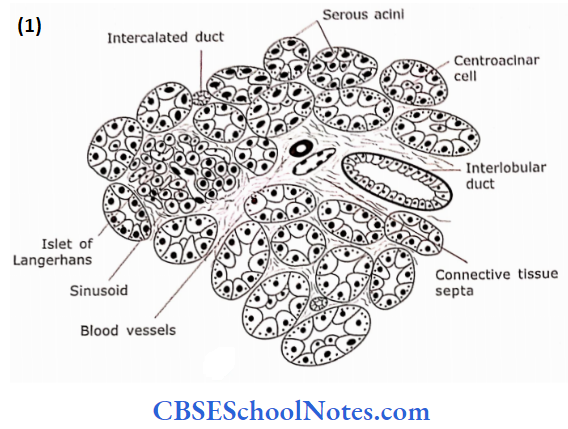
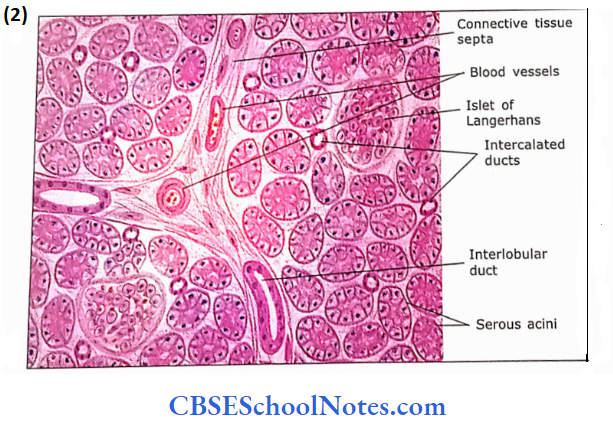
 ‘
‘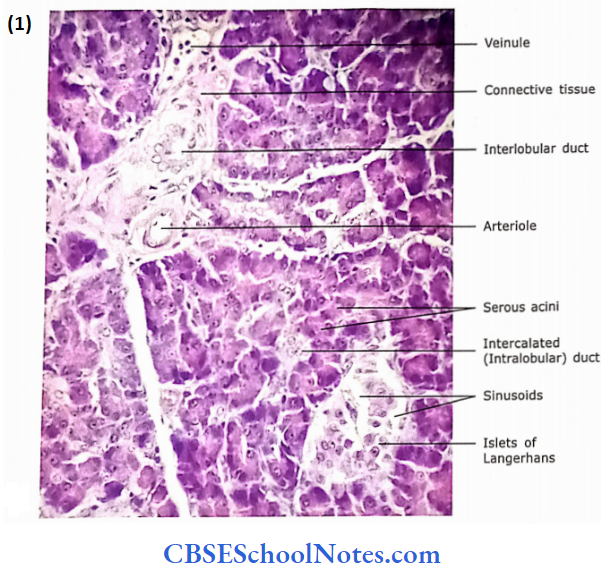

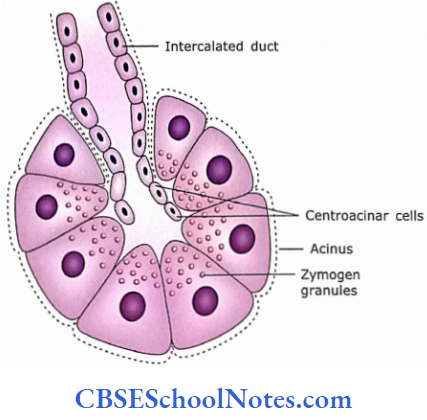
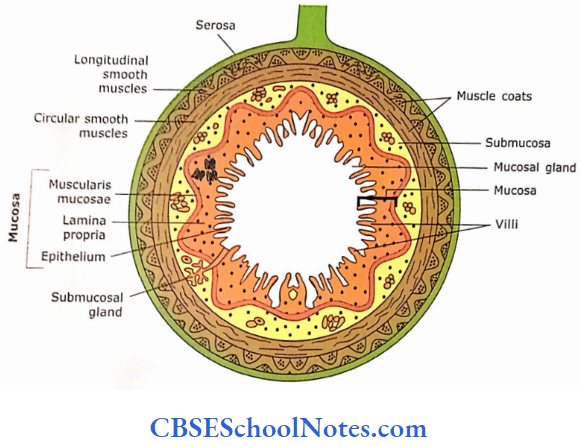

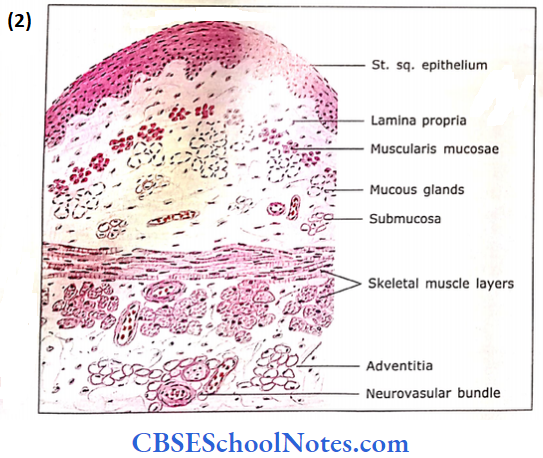
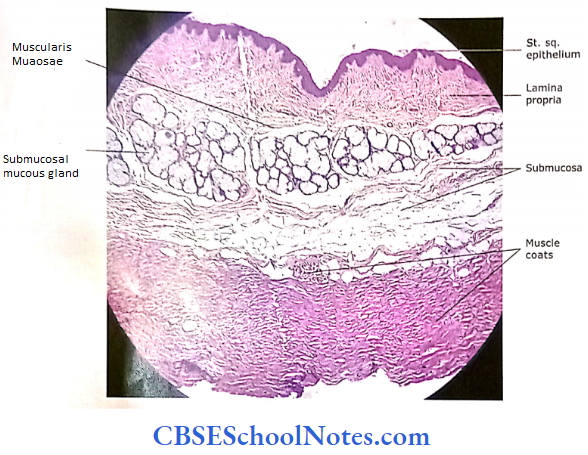
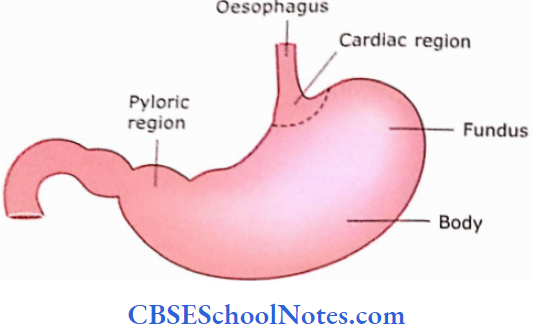
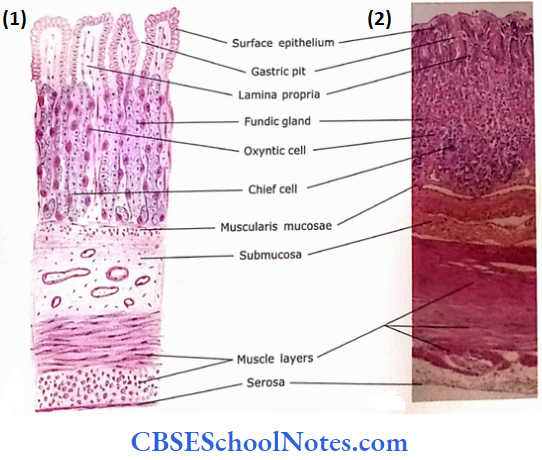
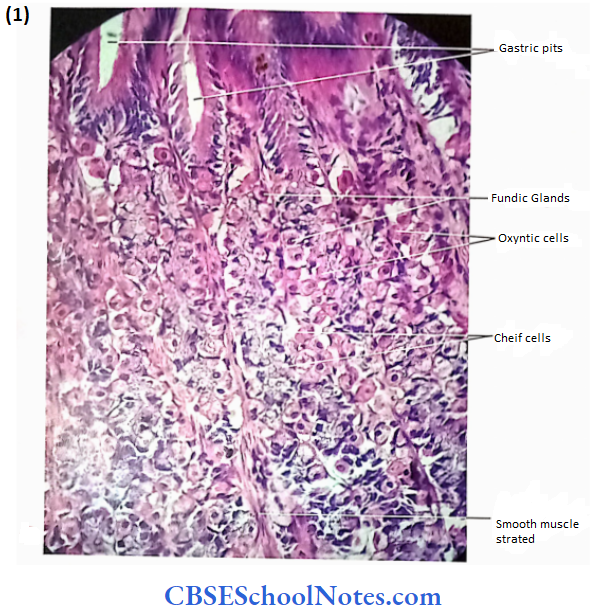
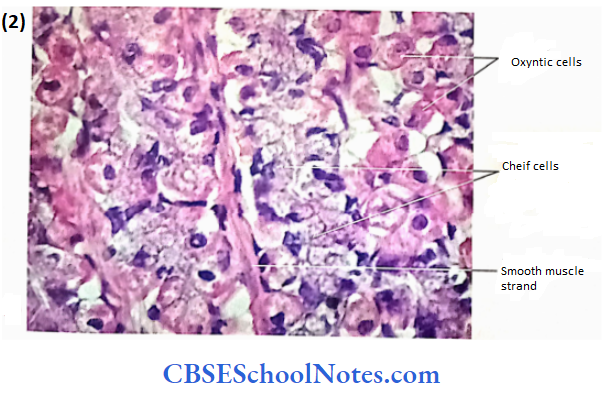
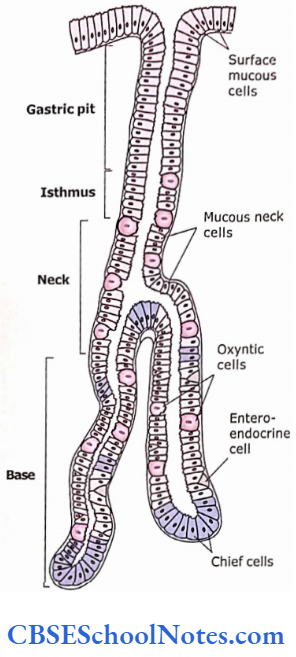
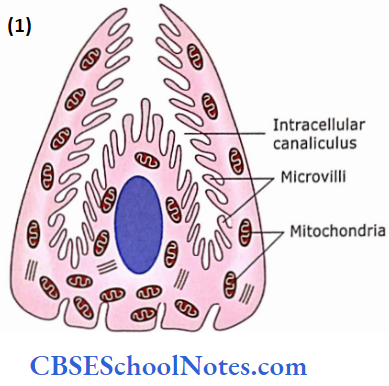

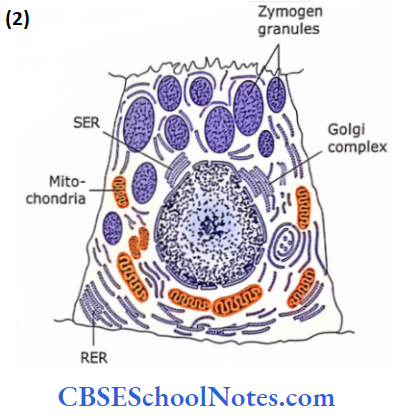 0
0